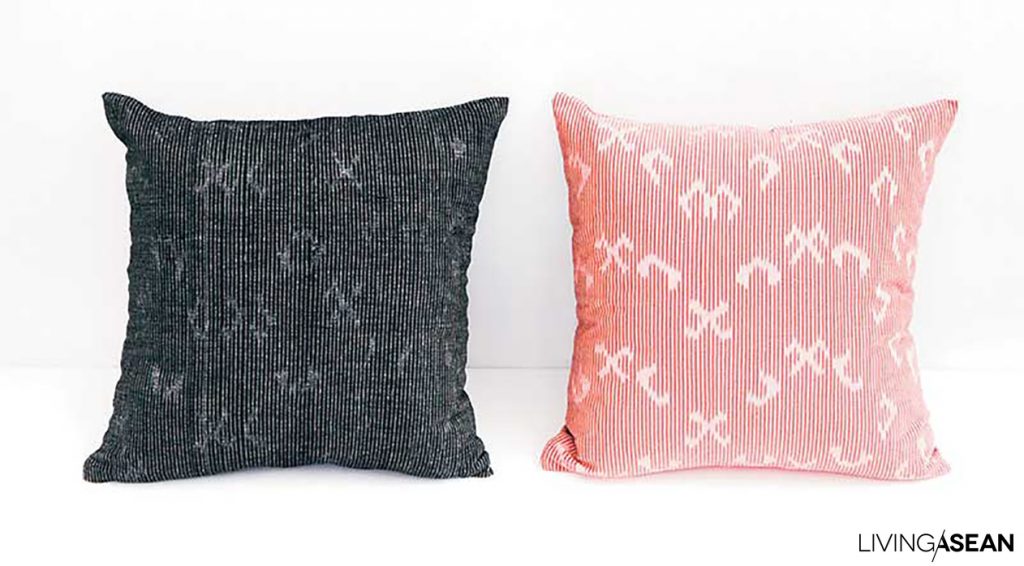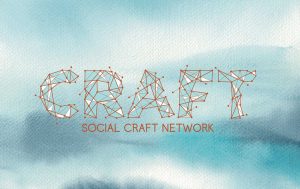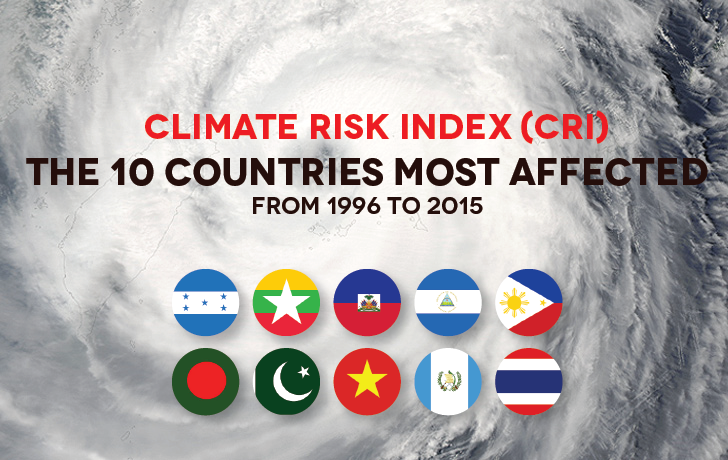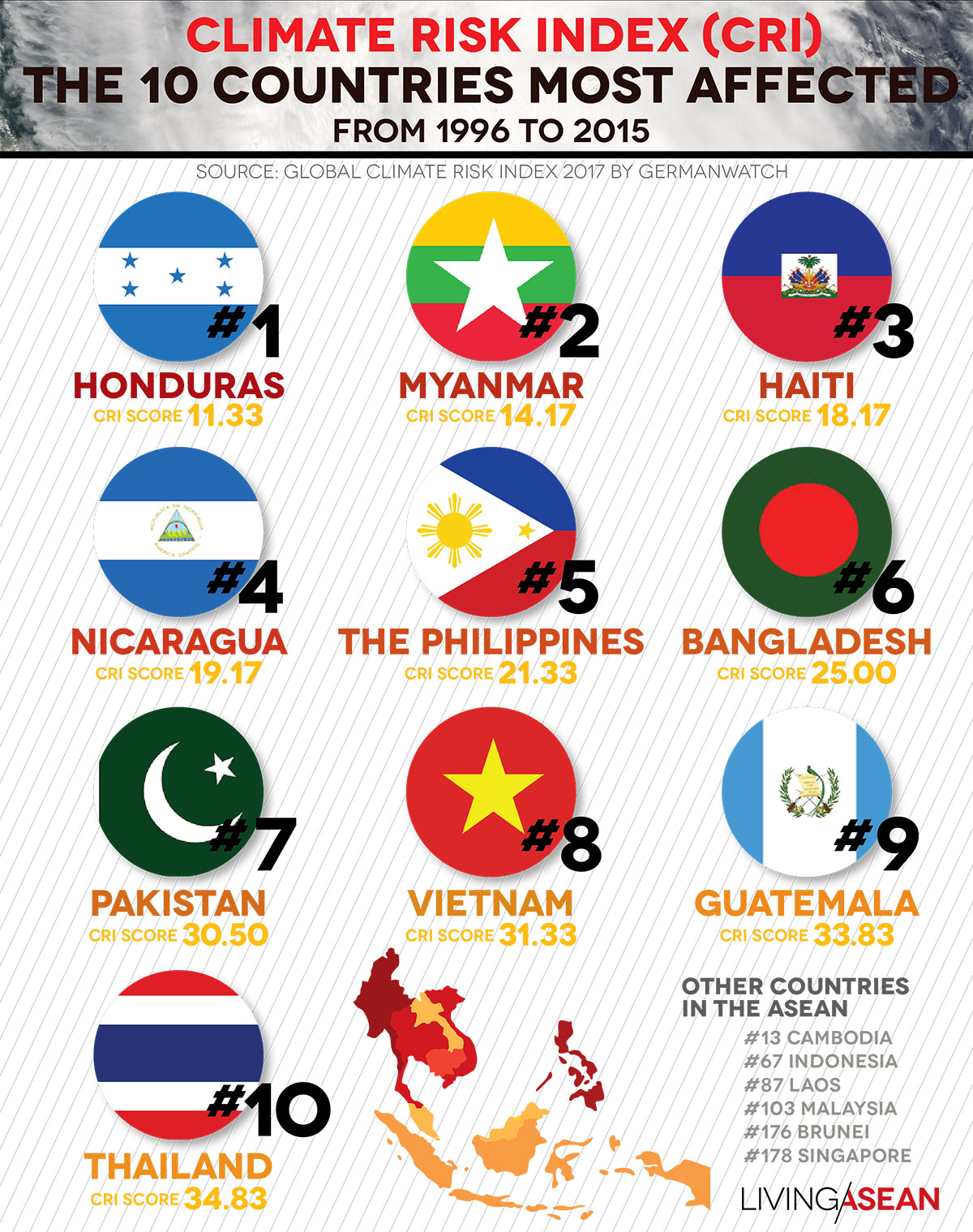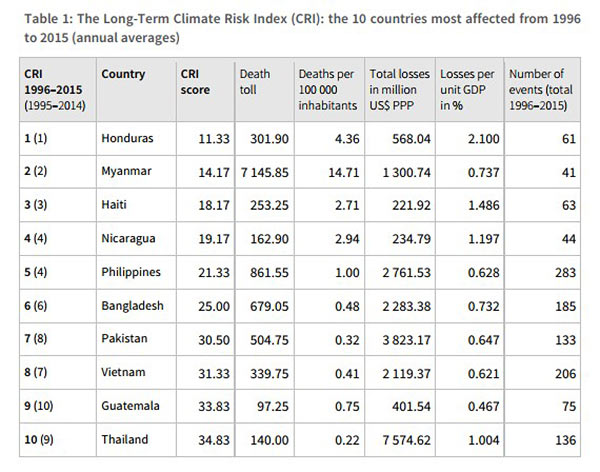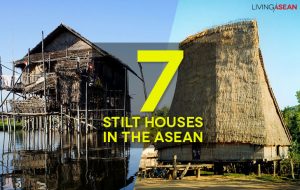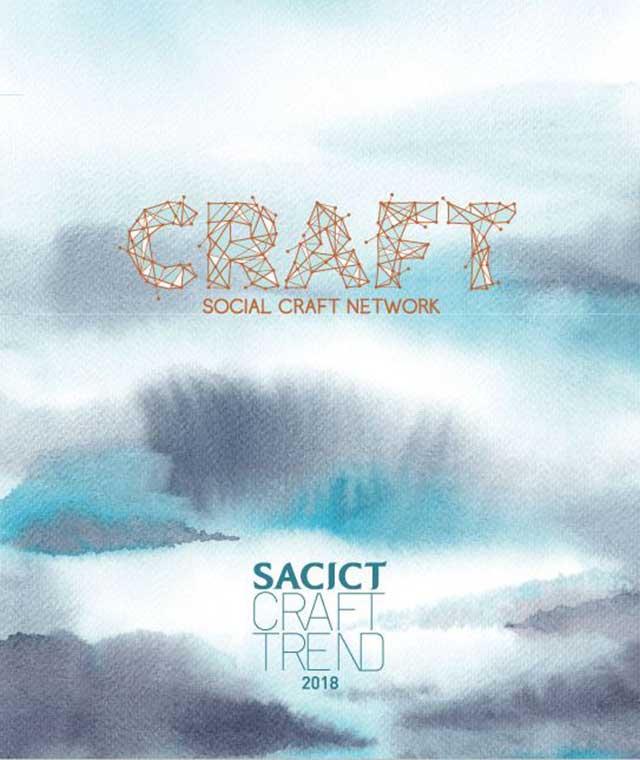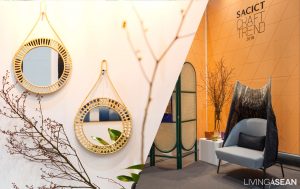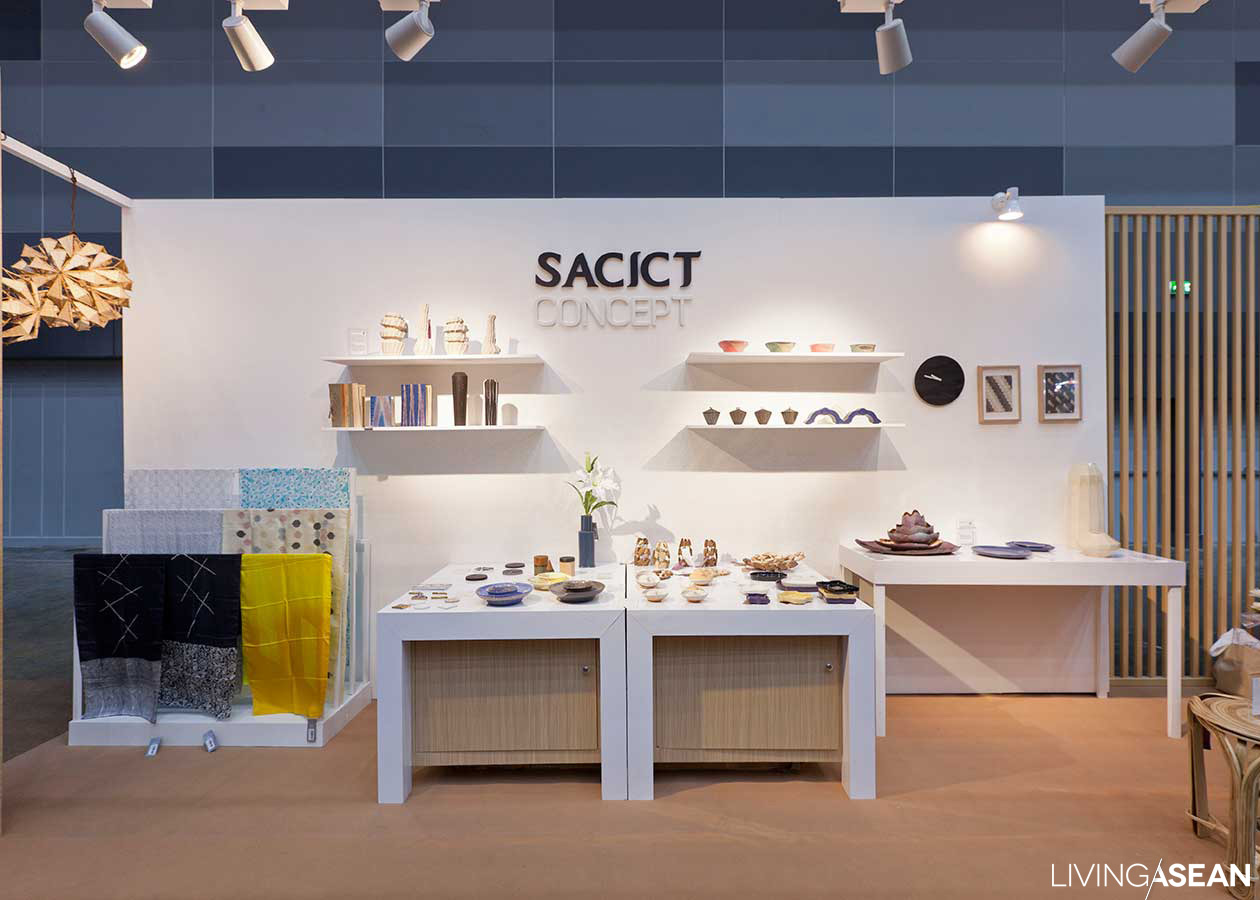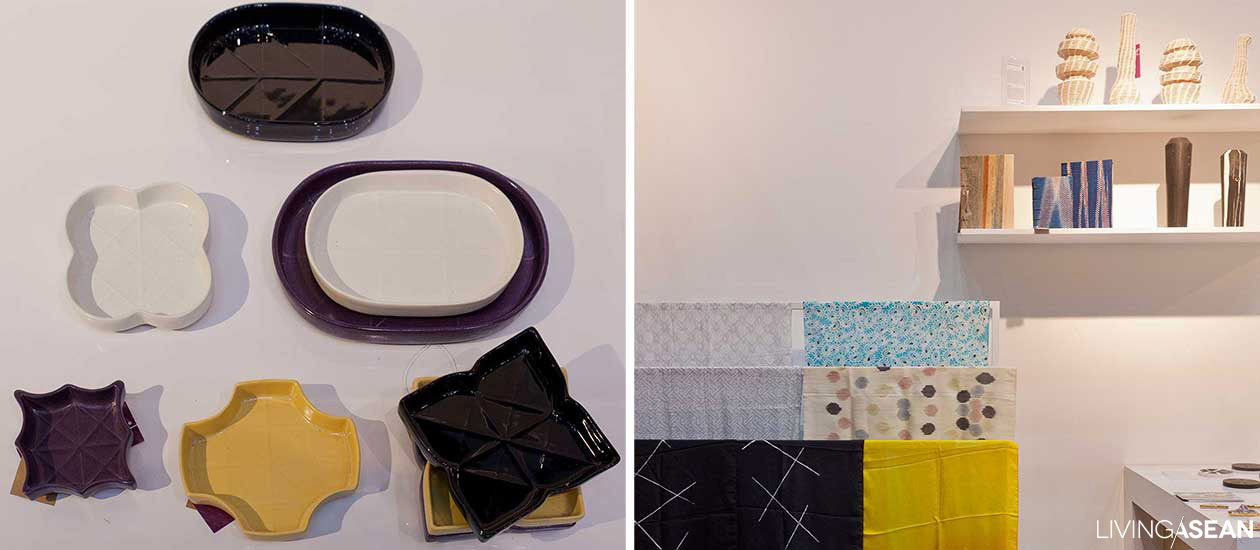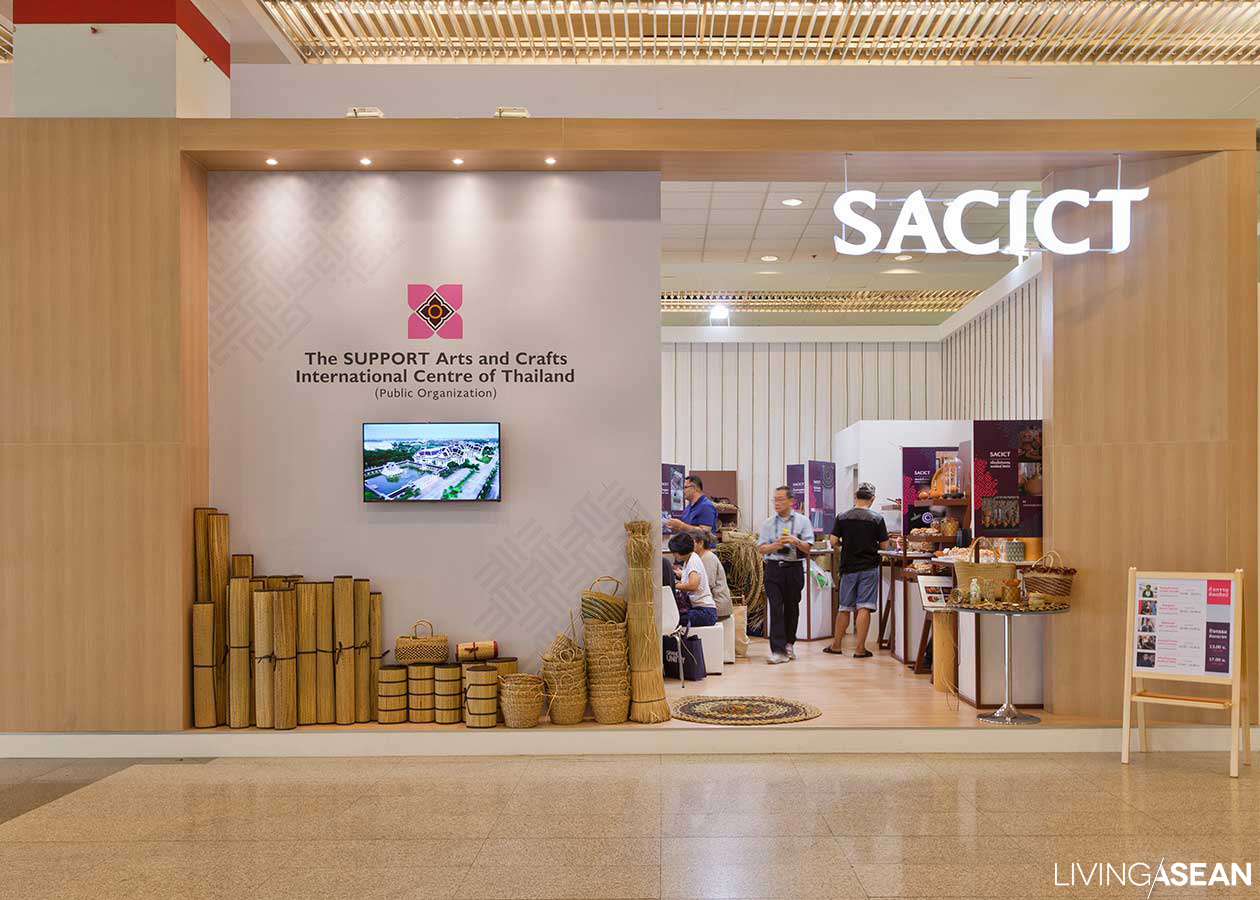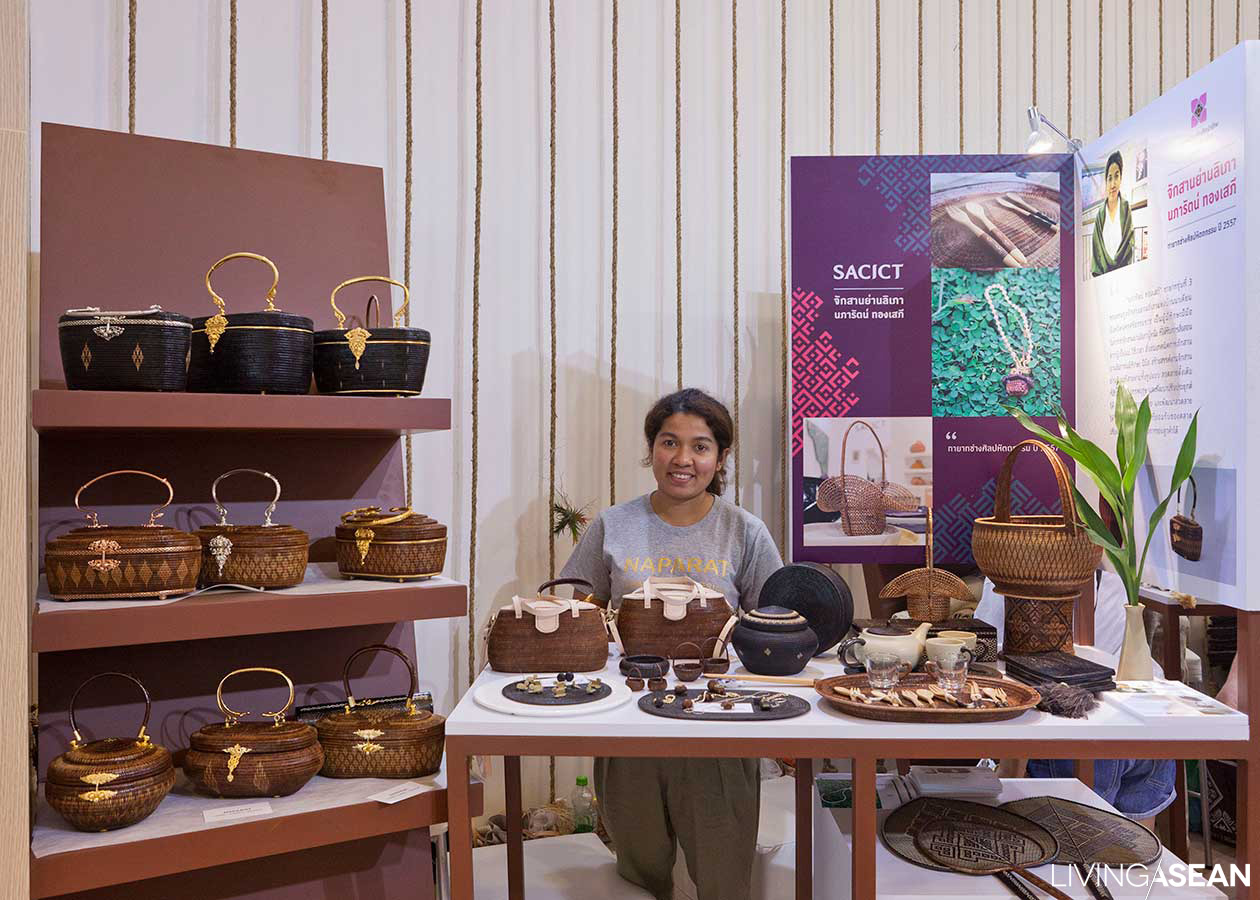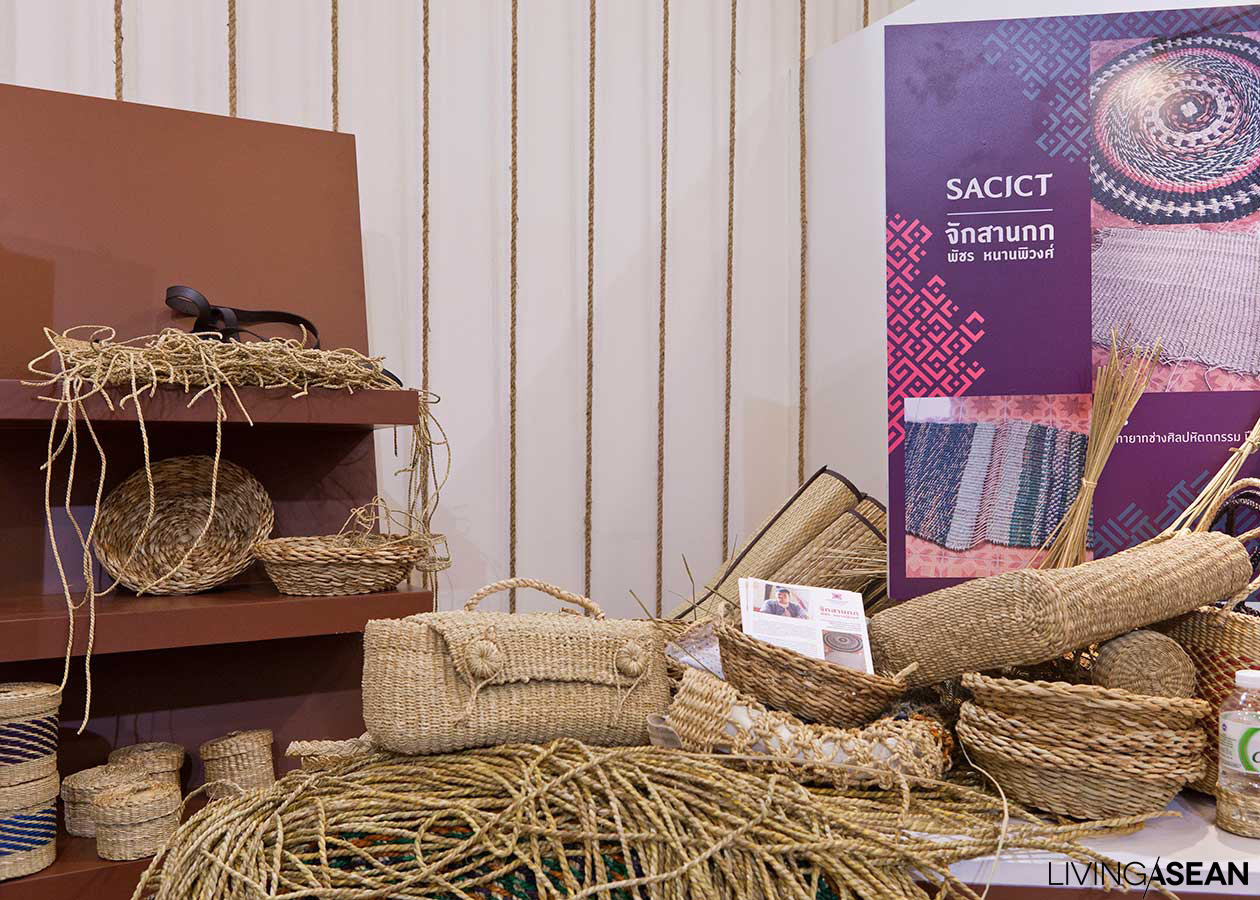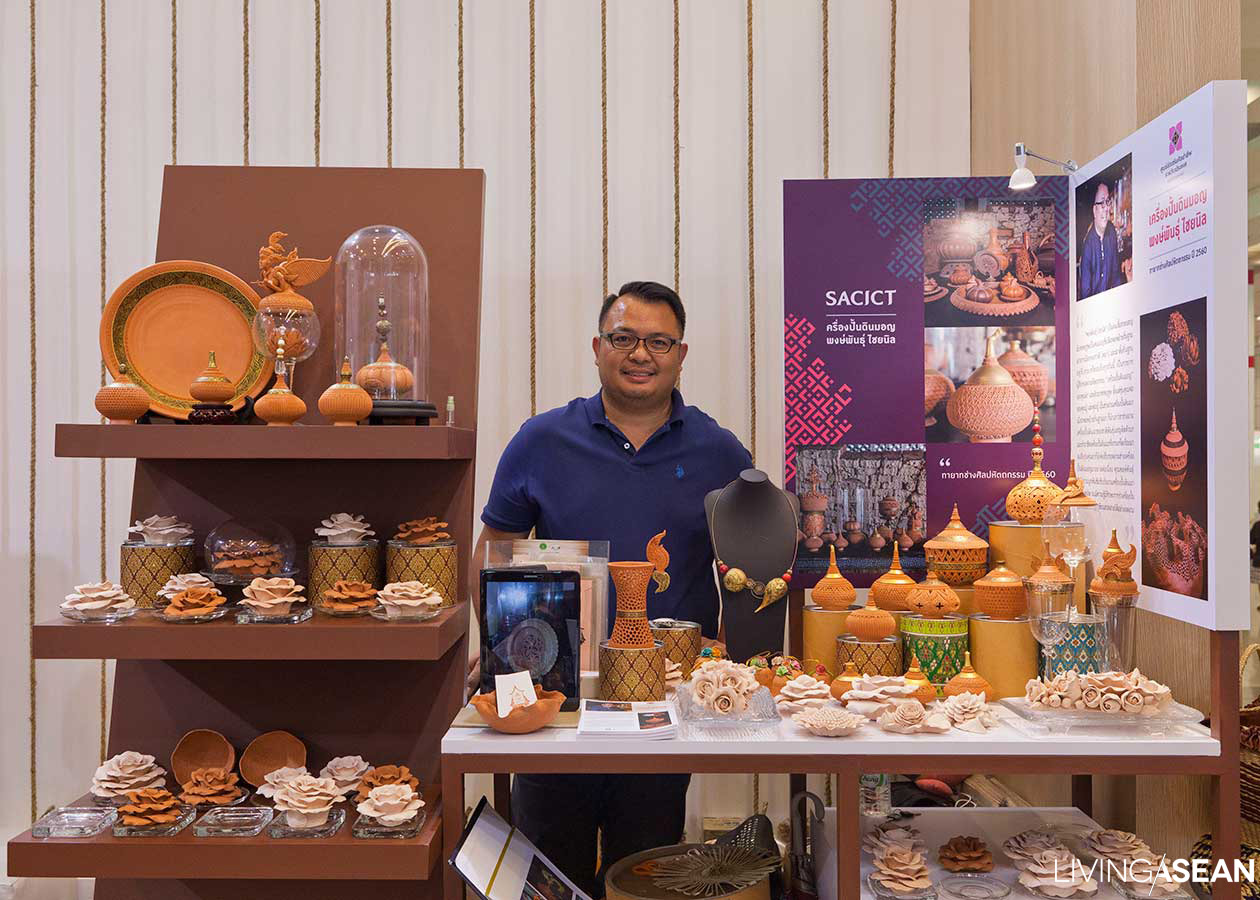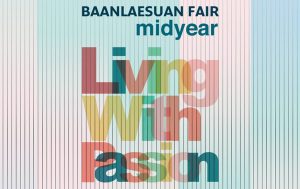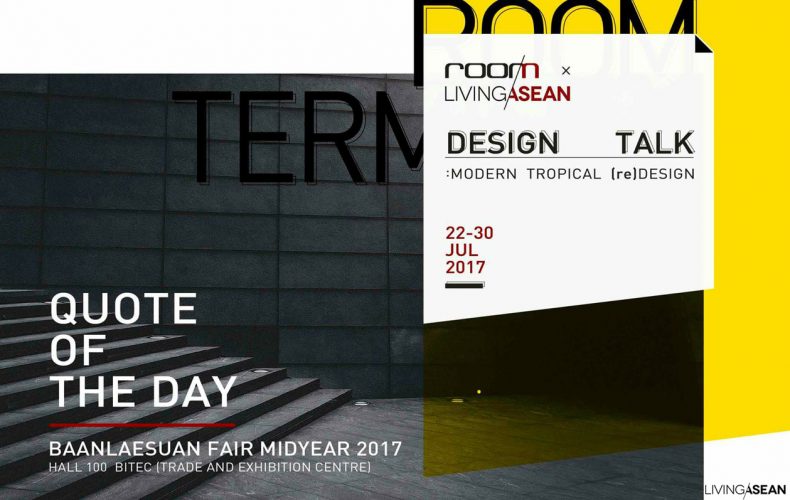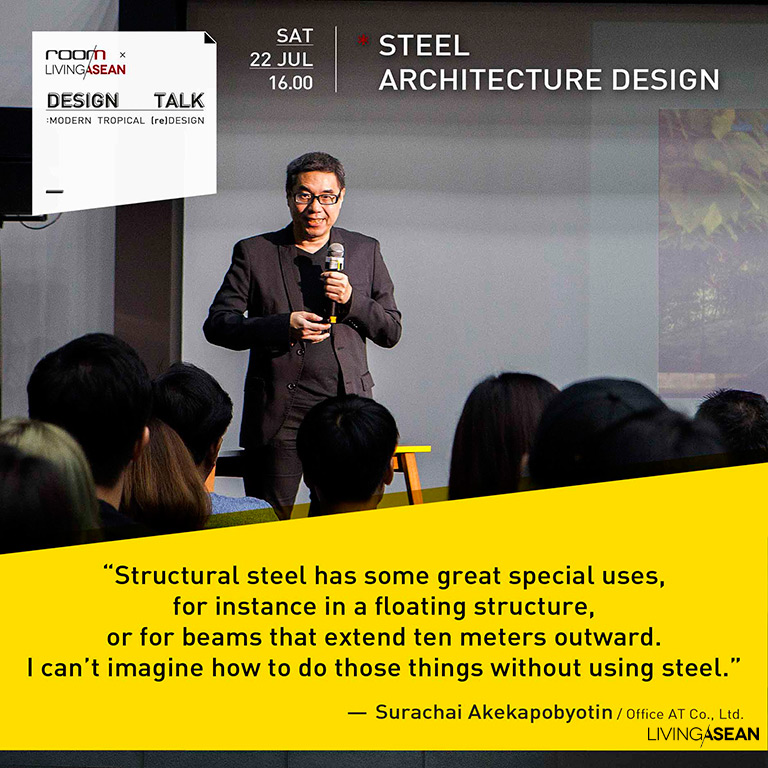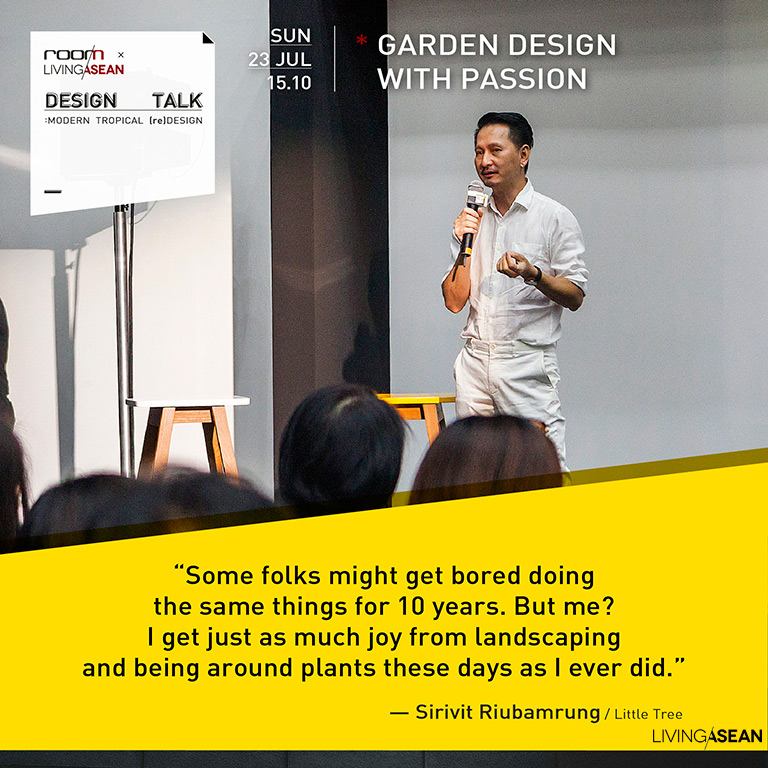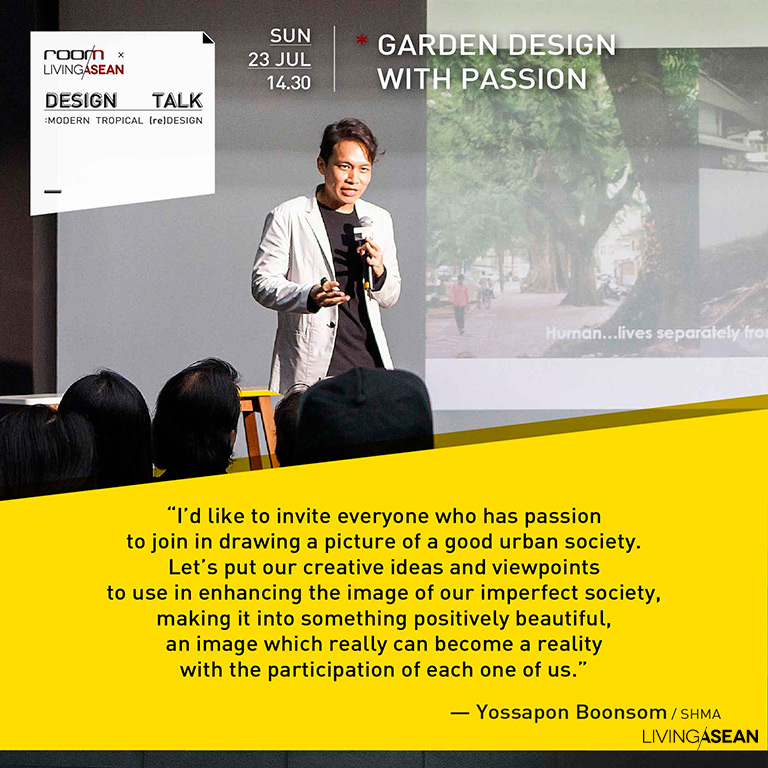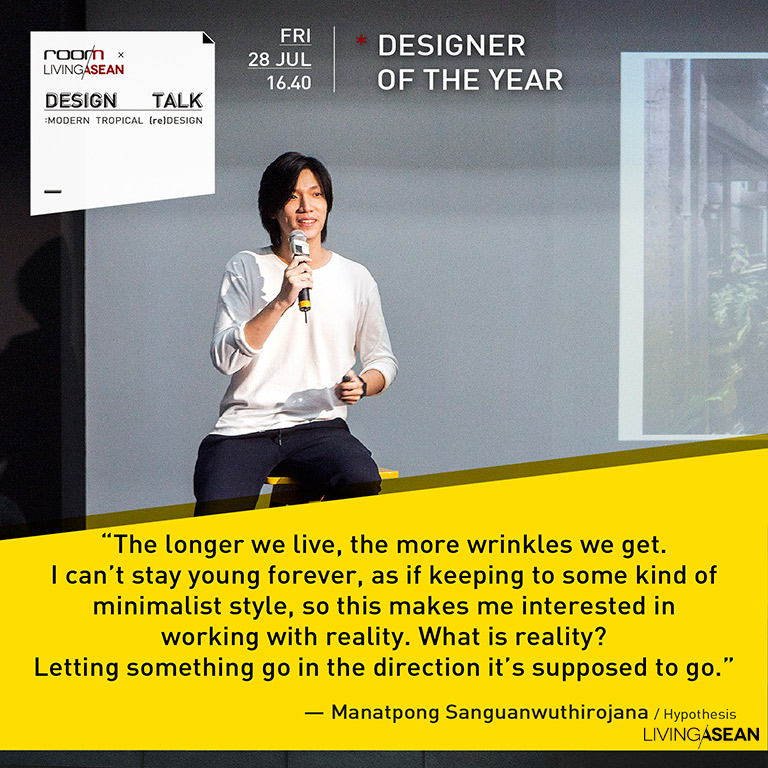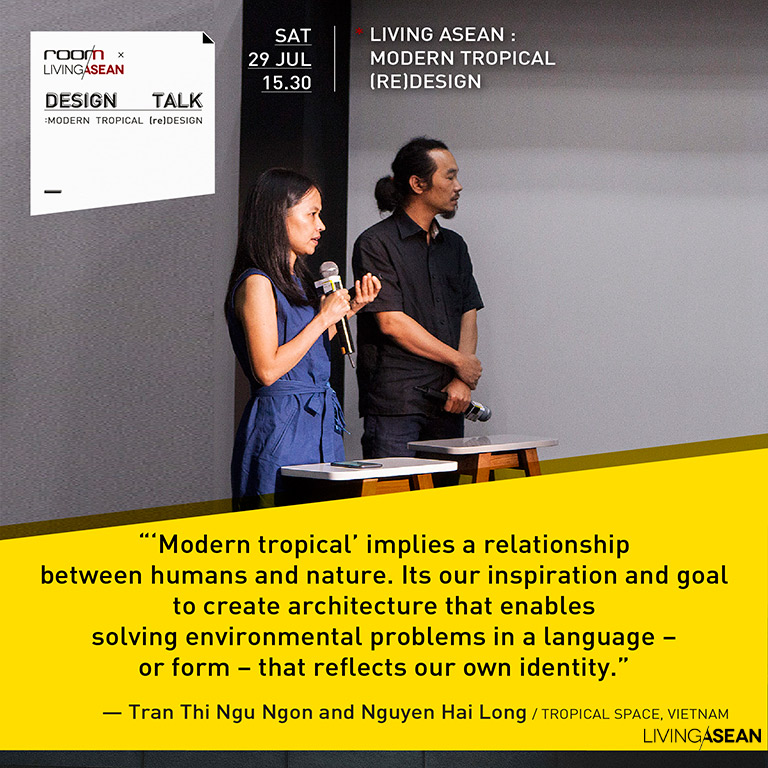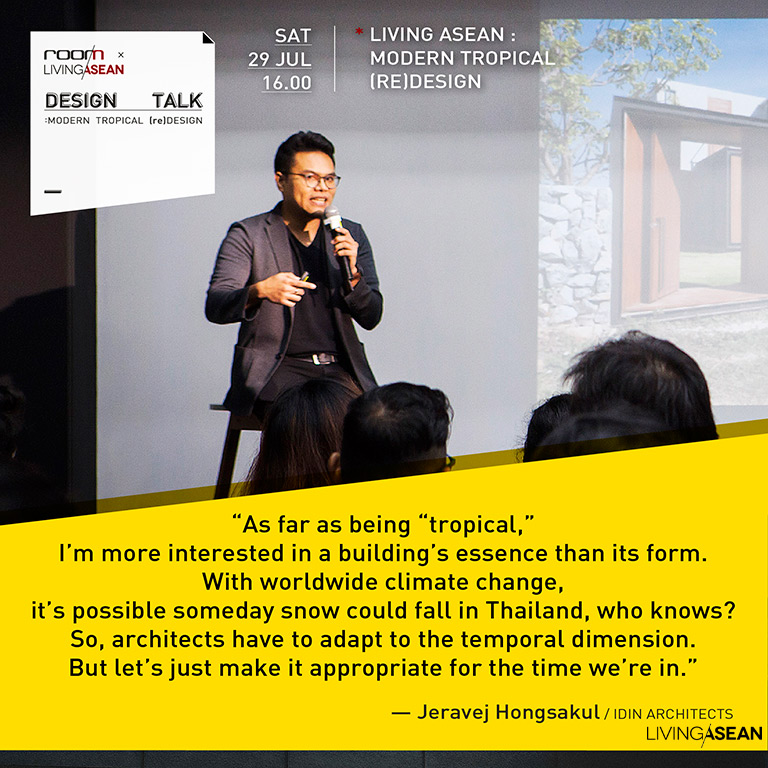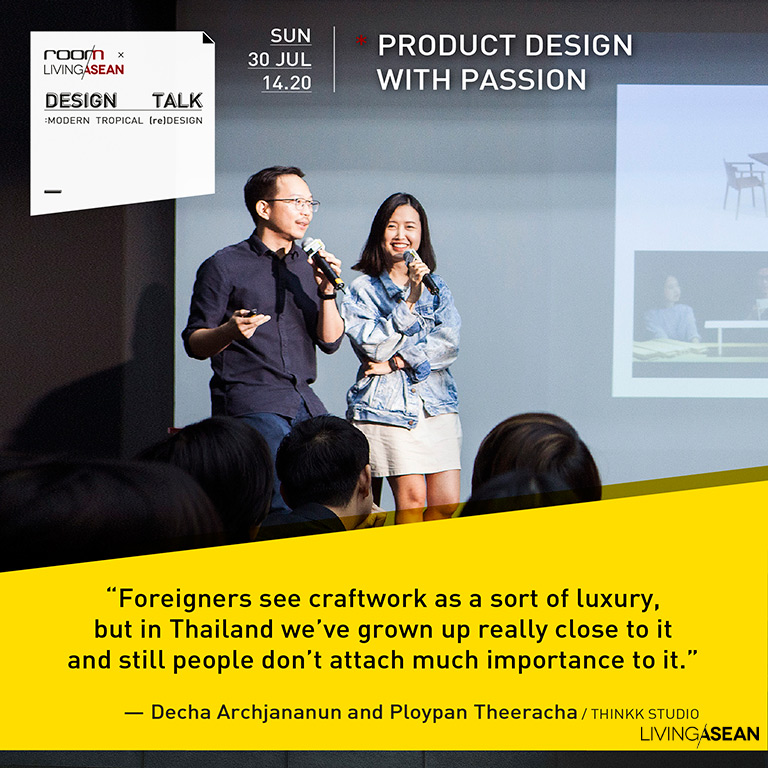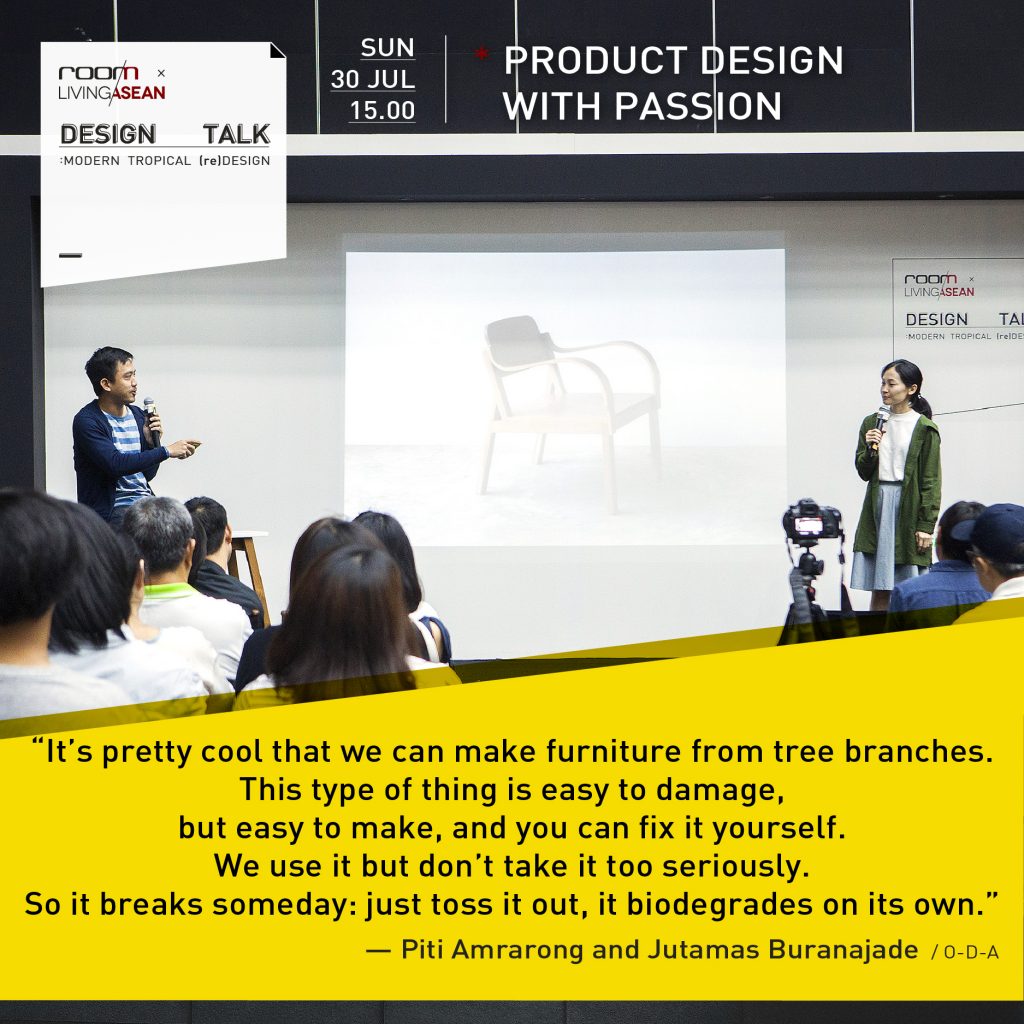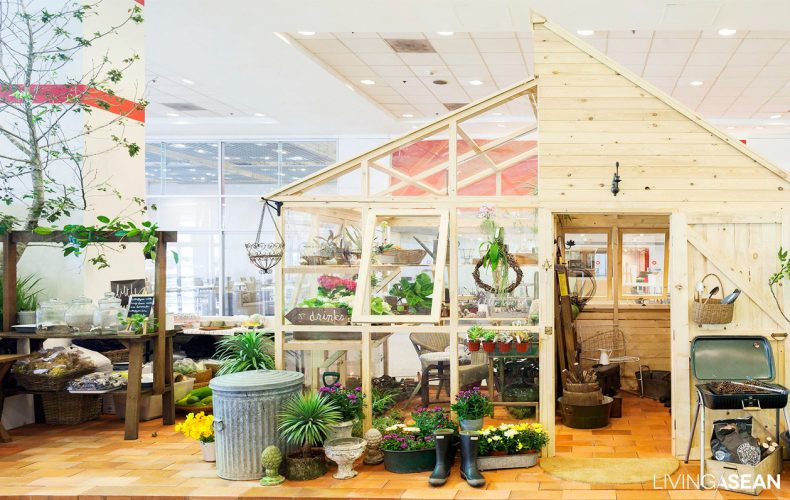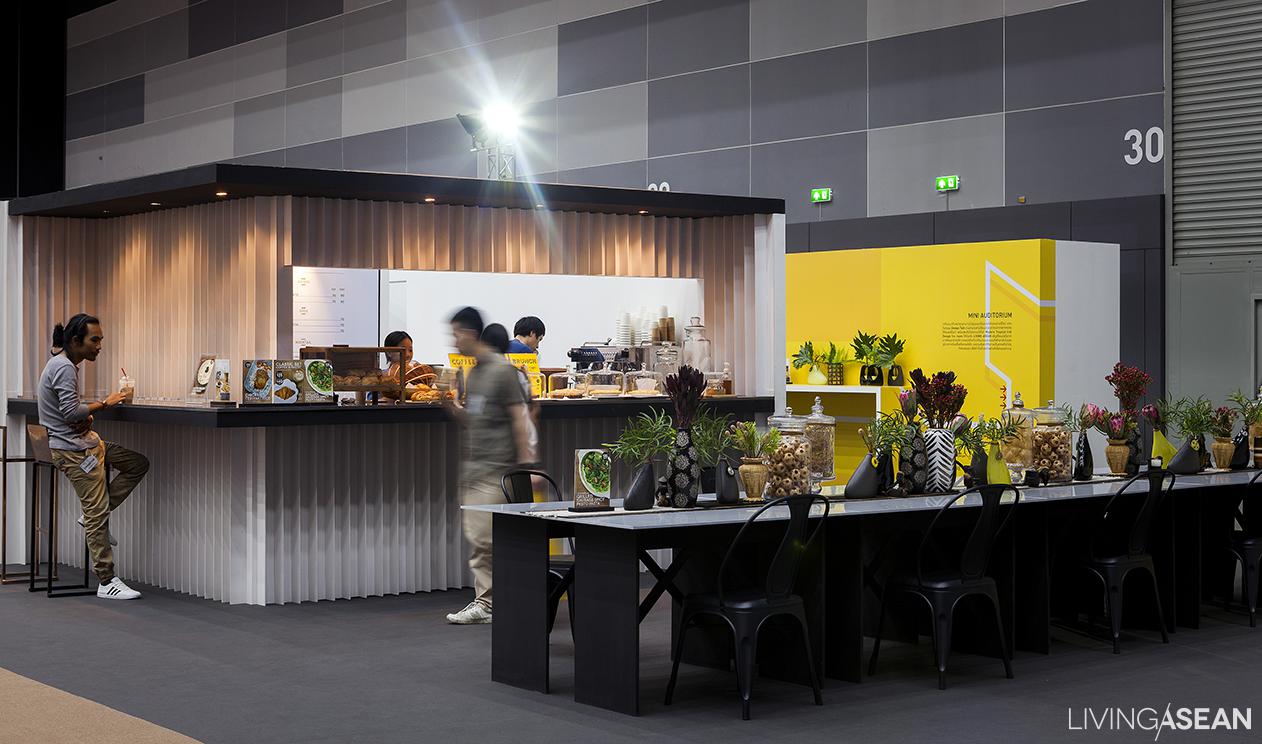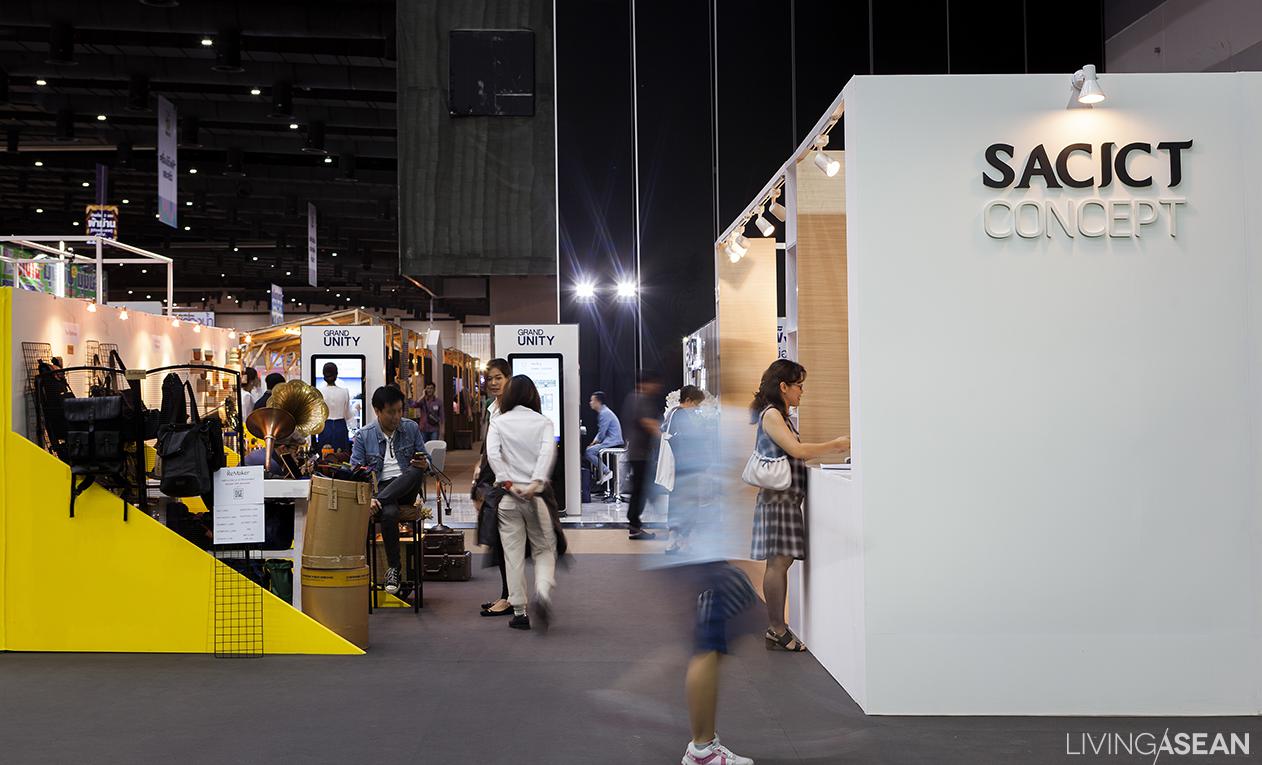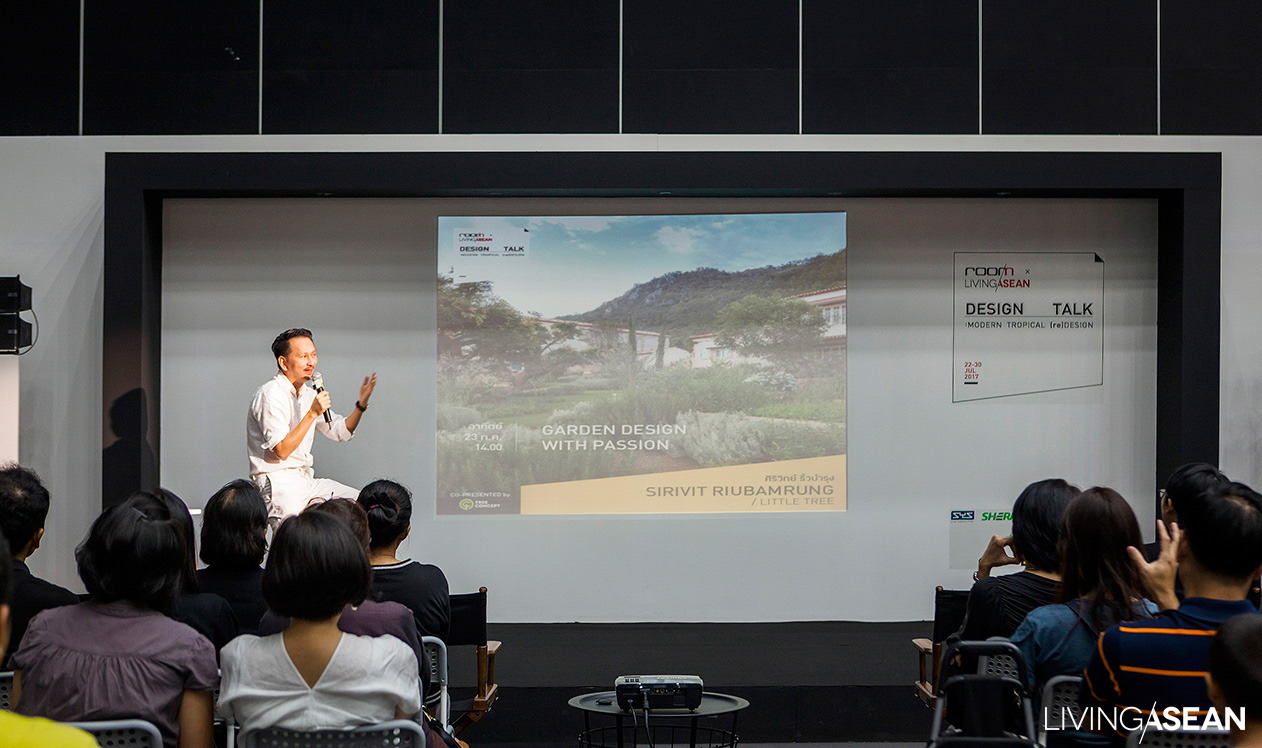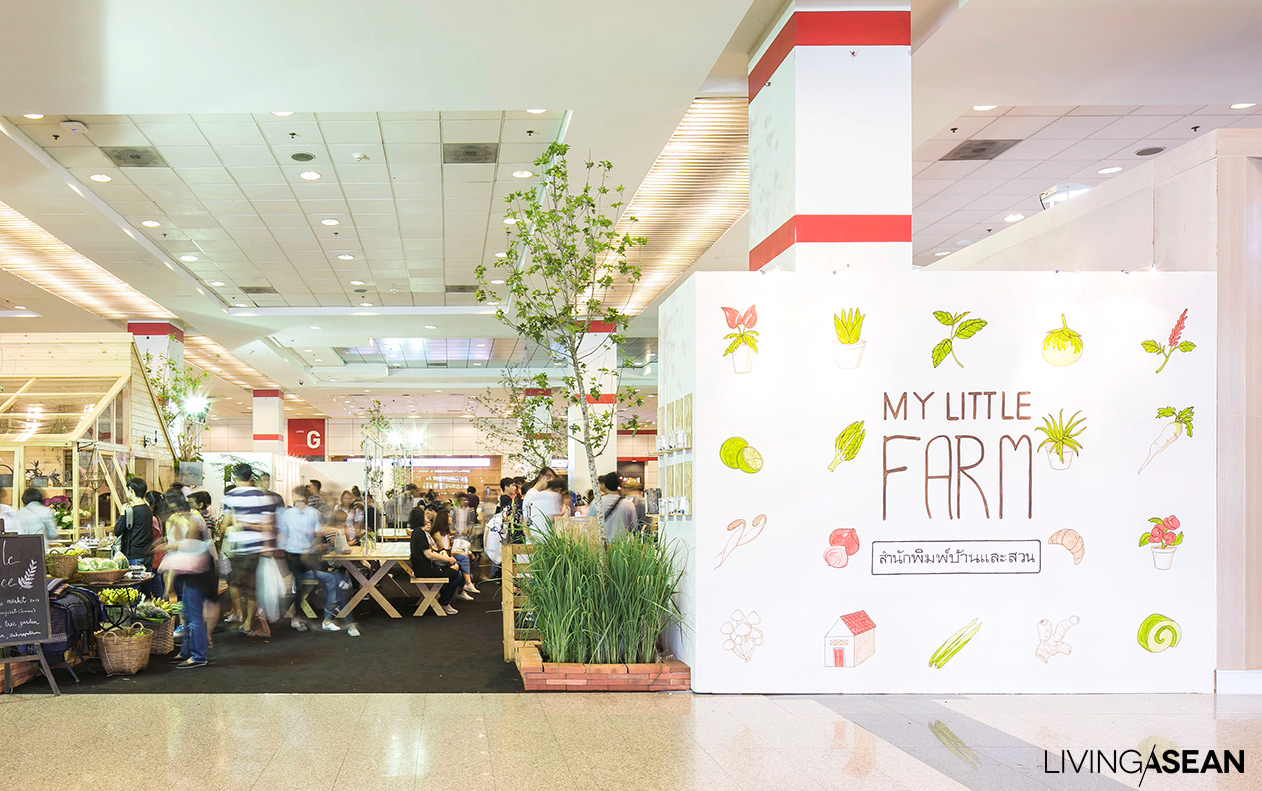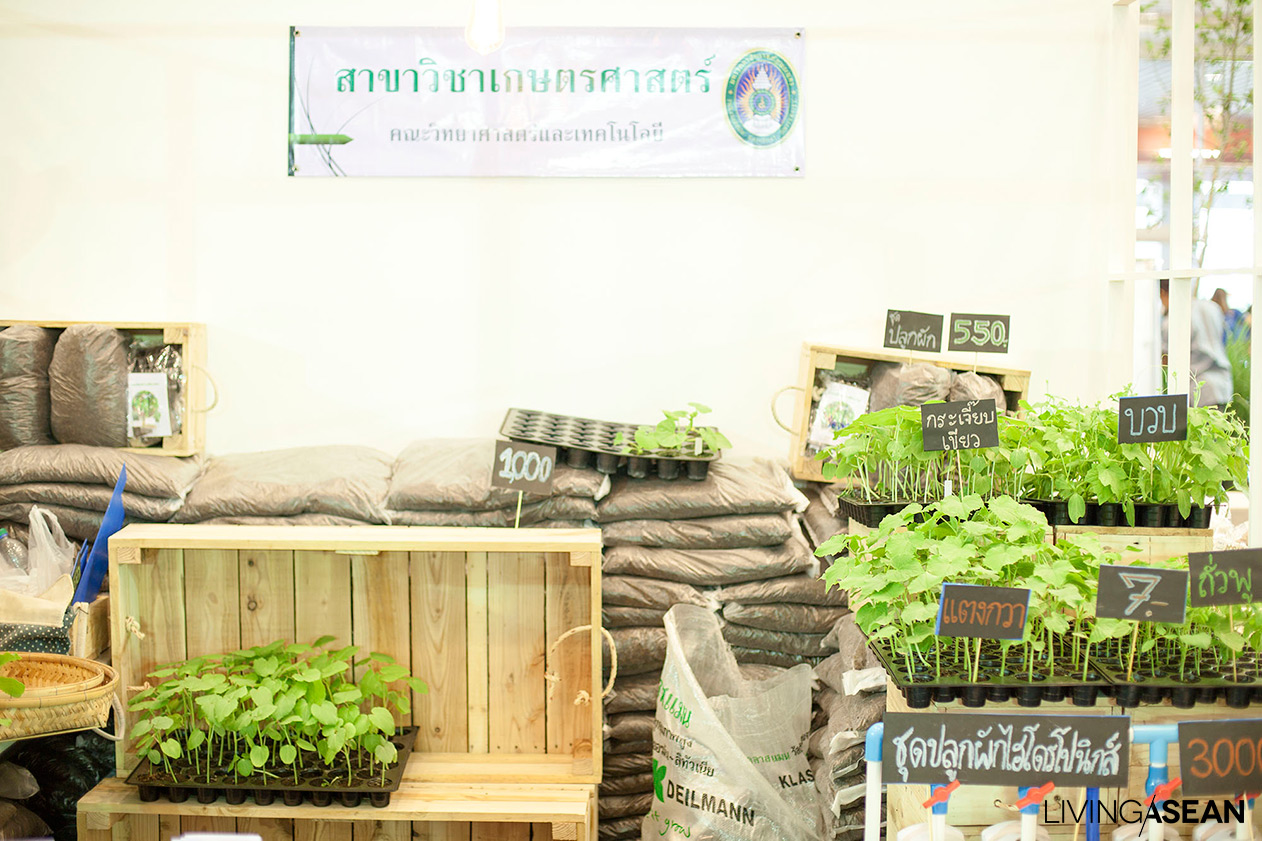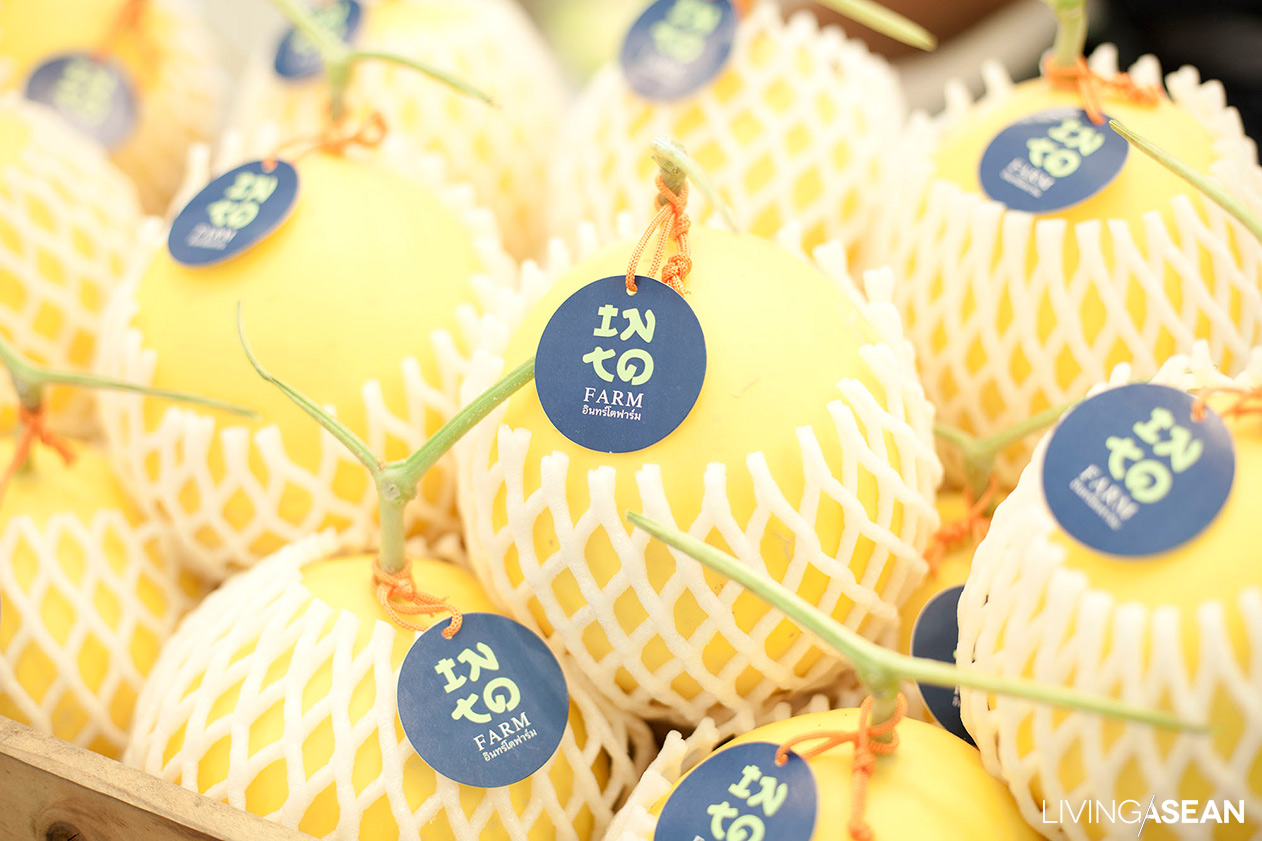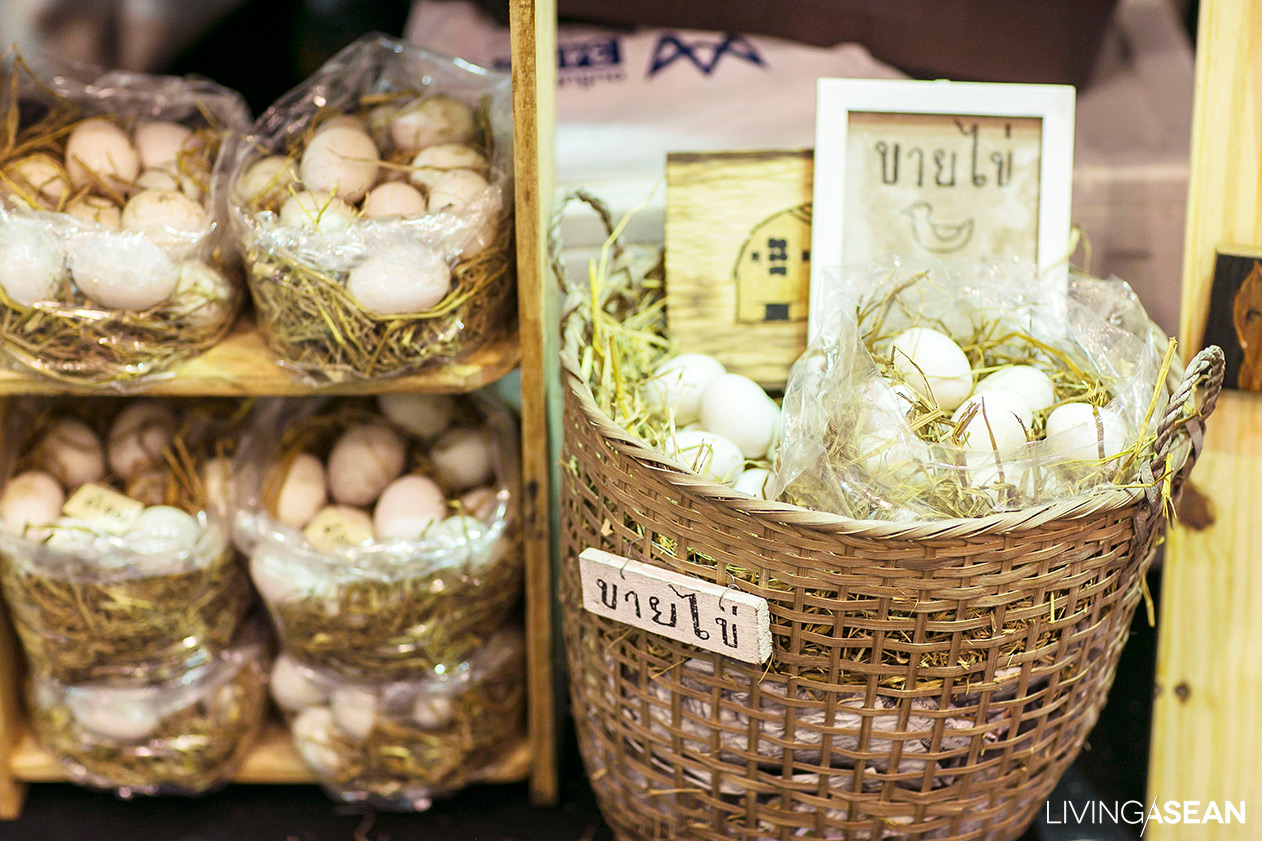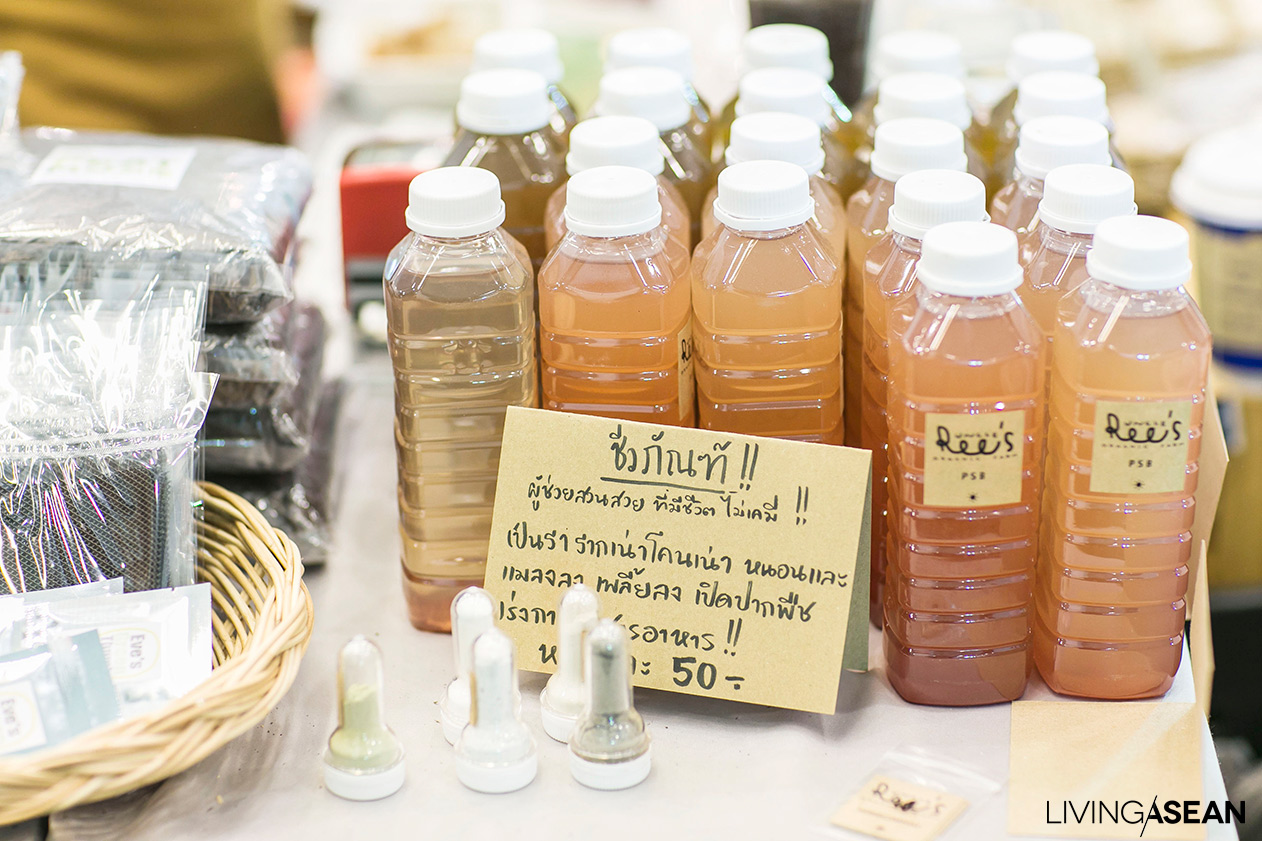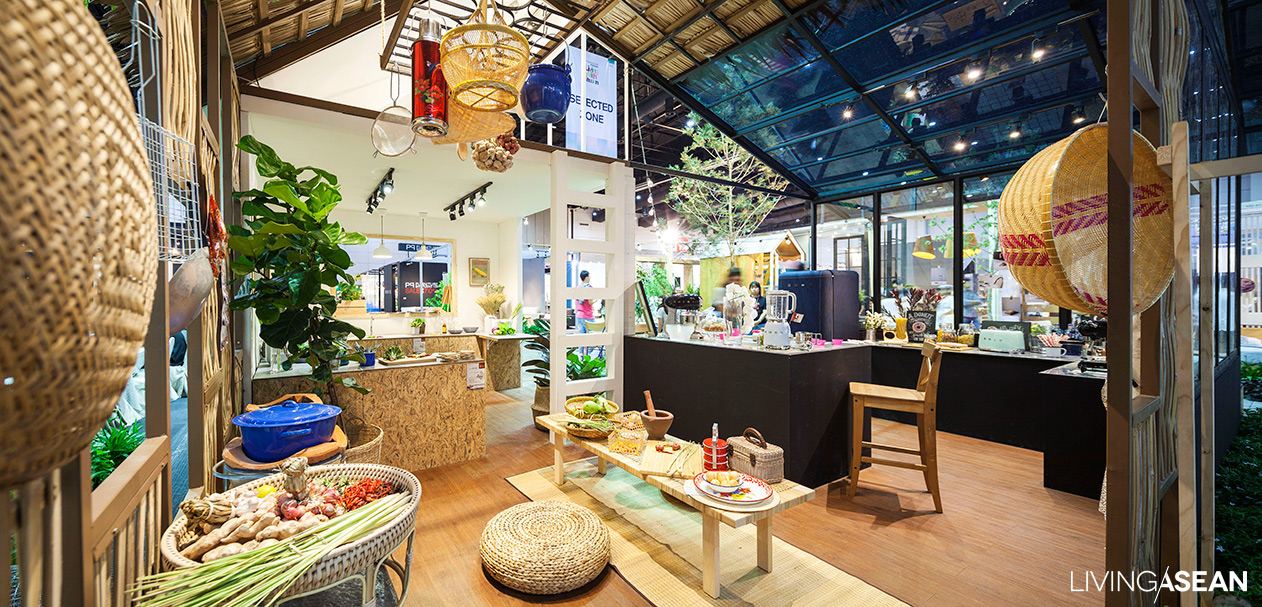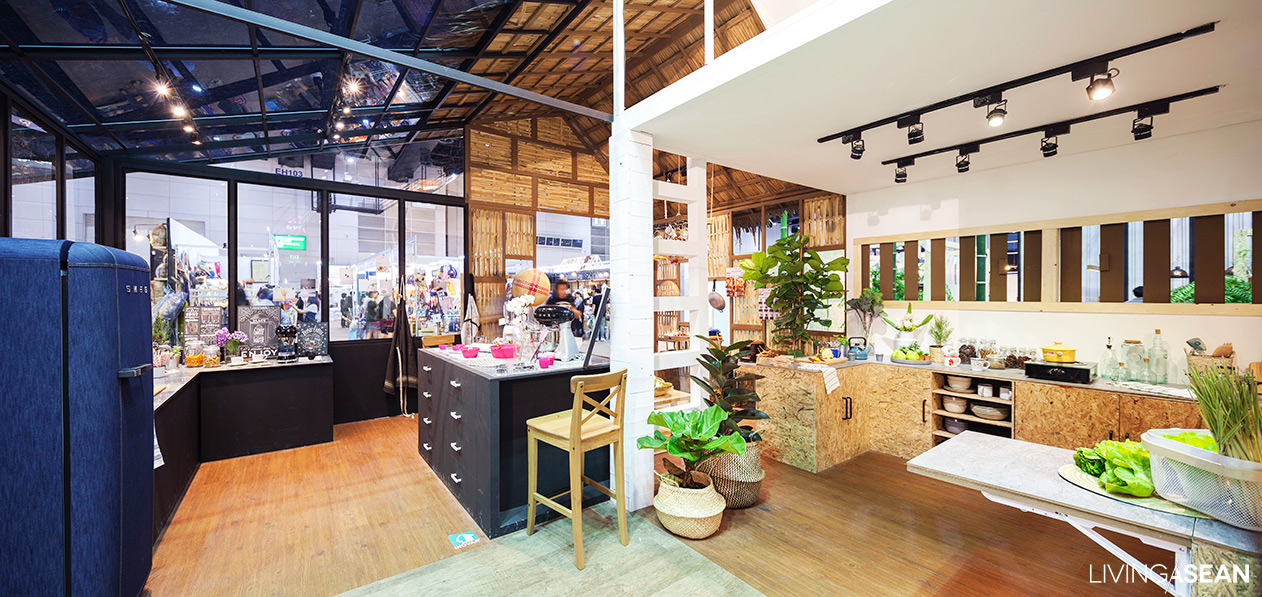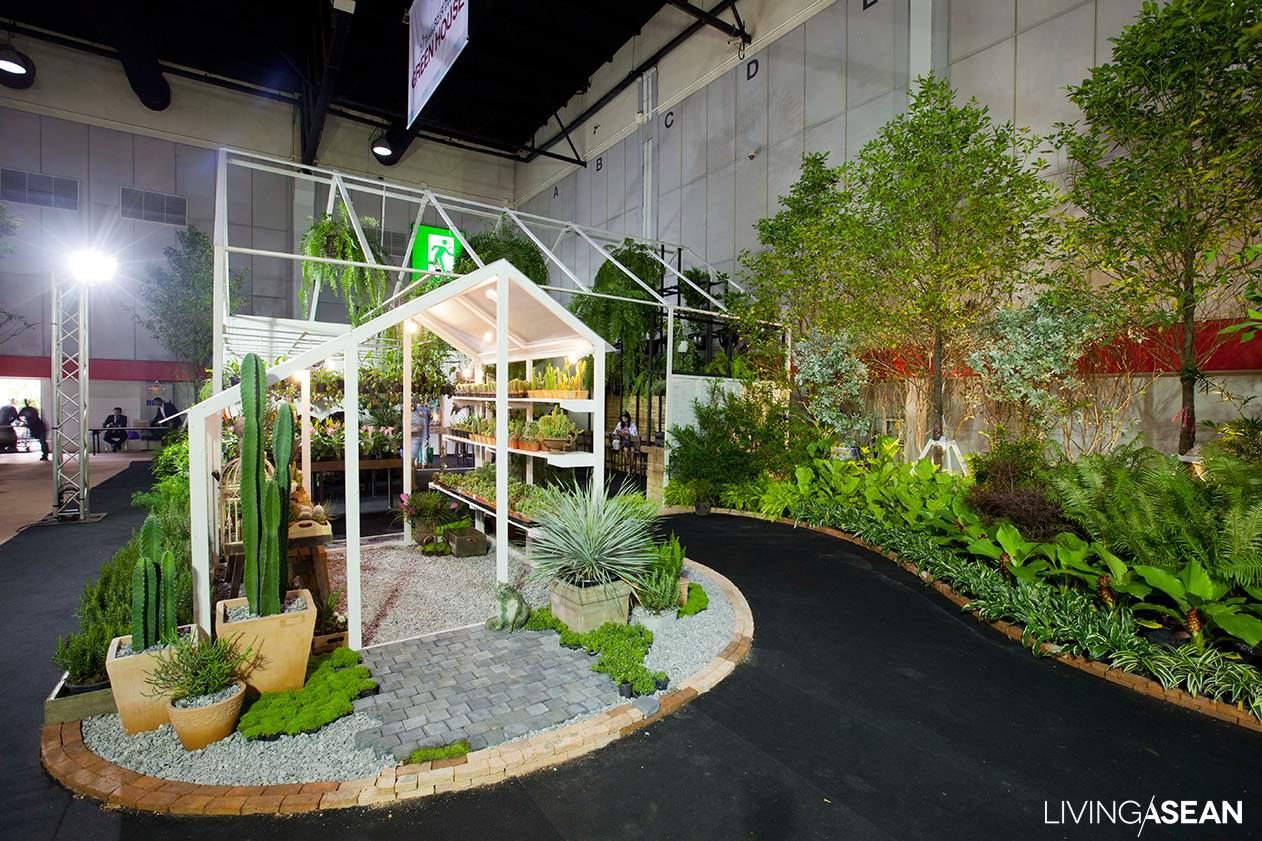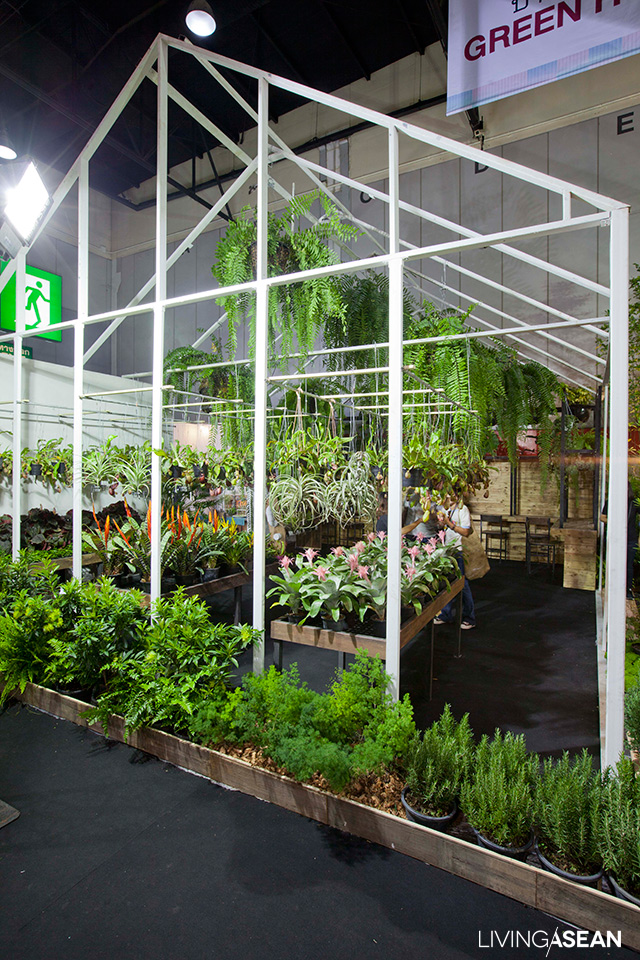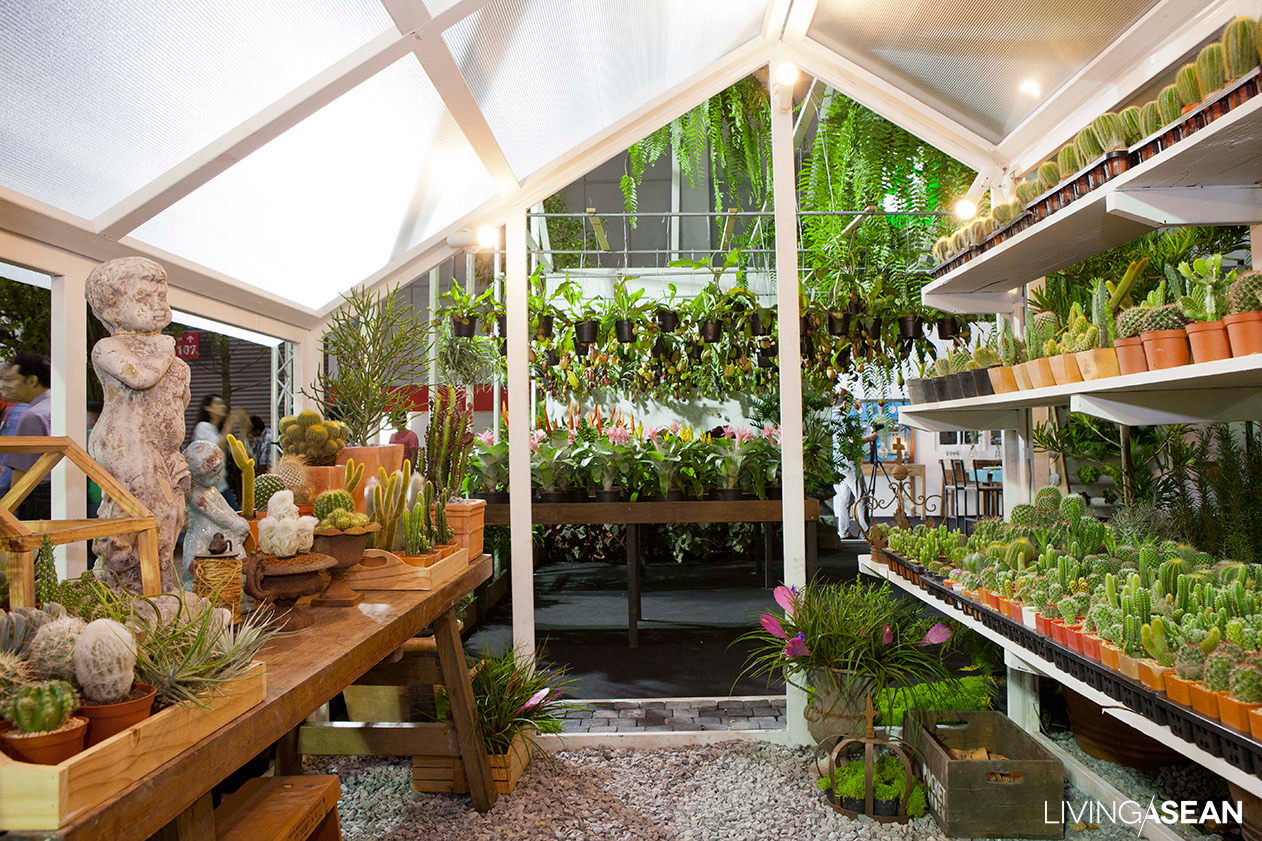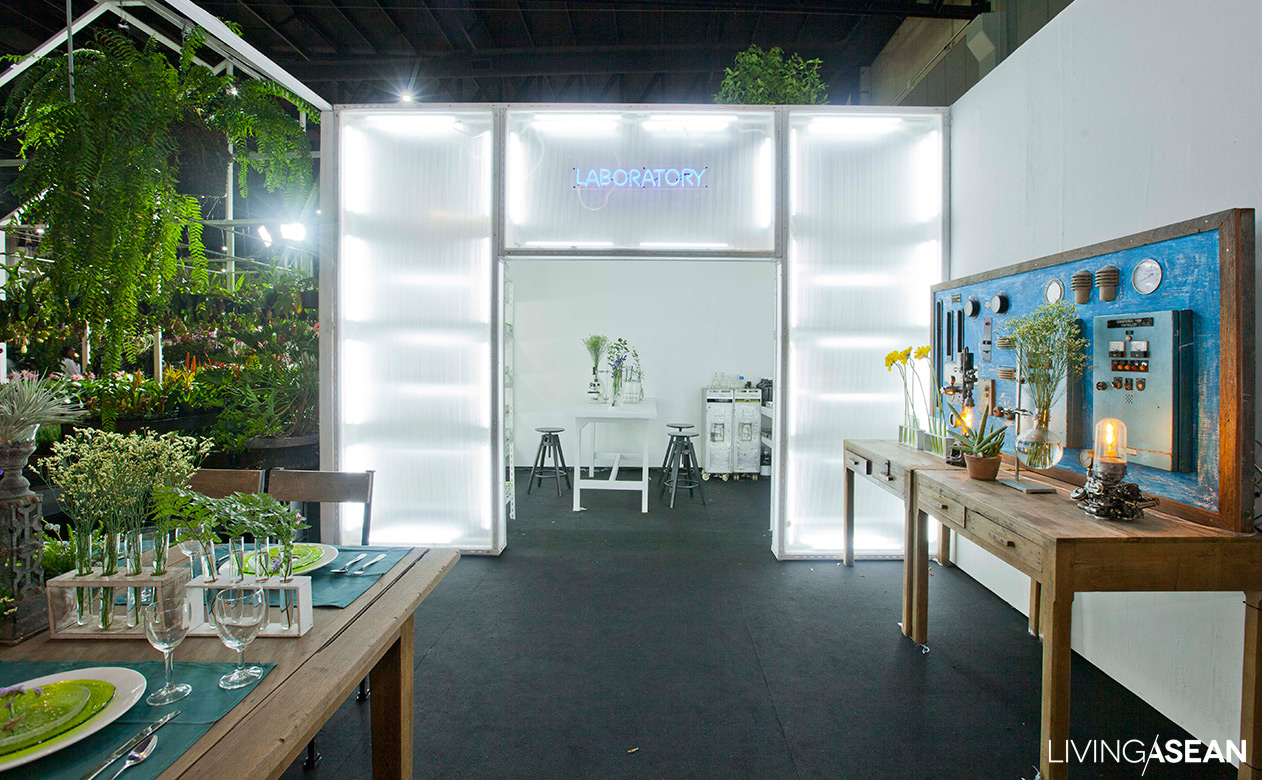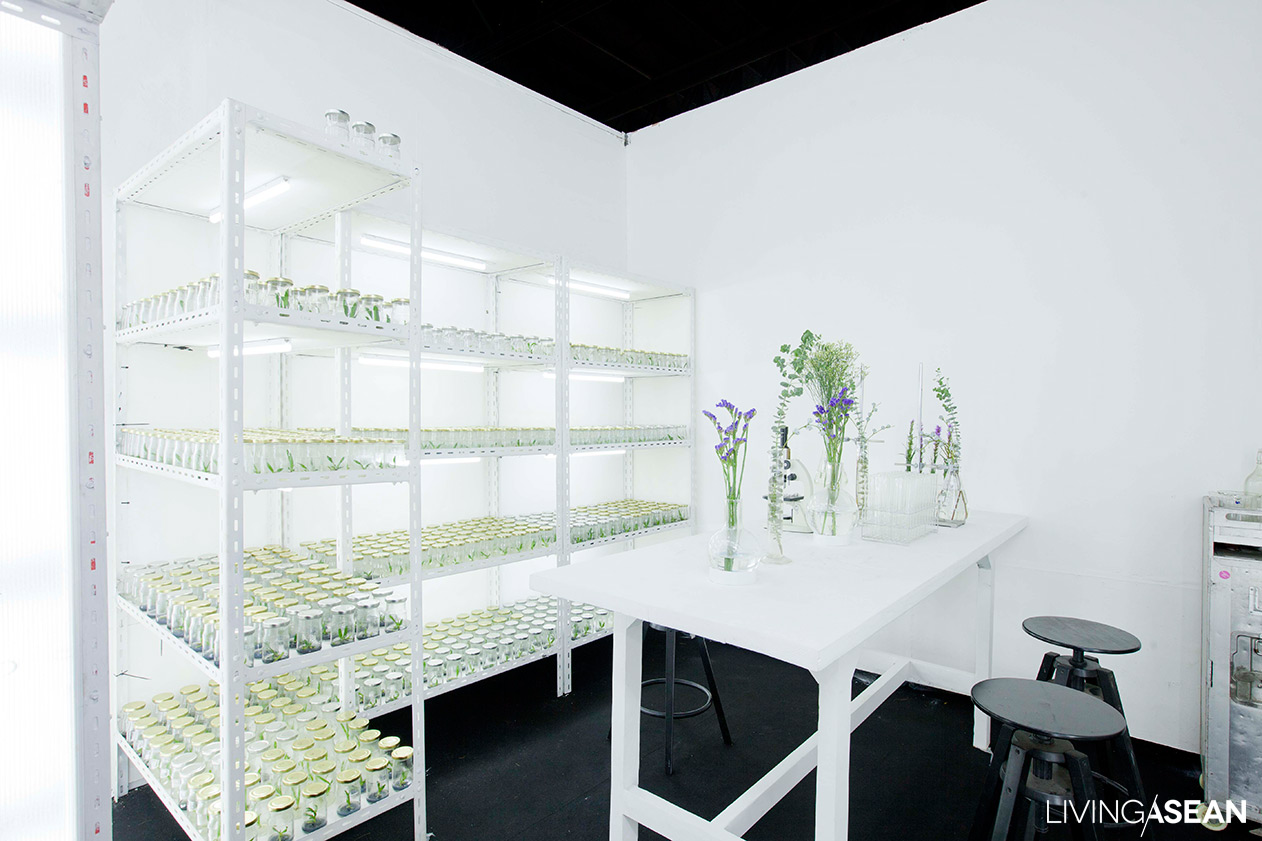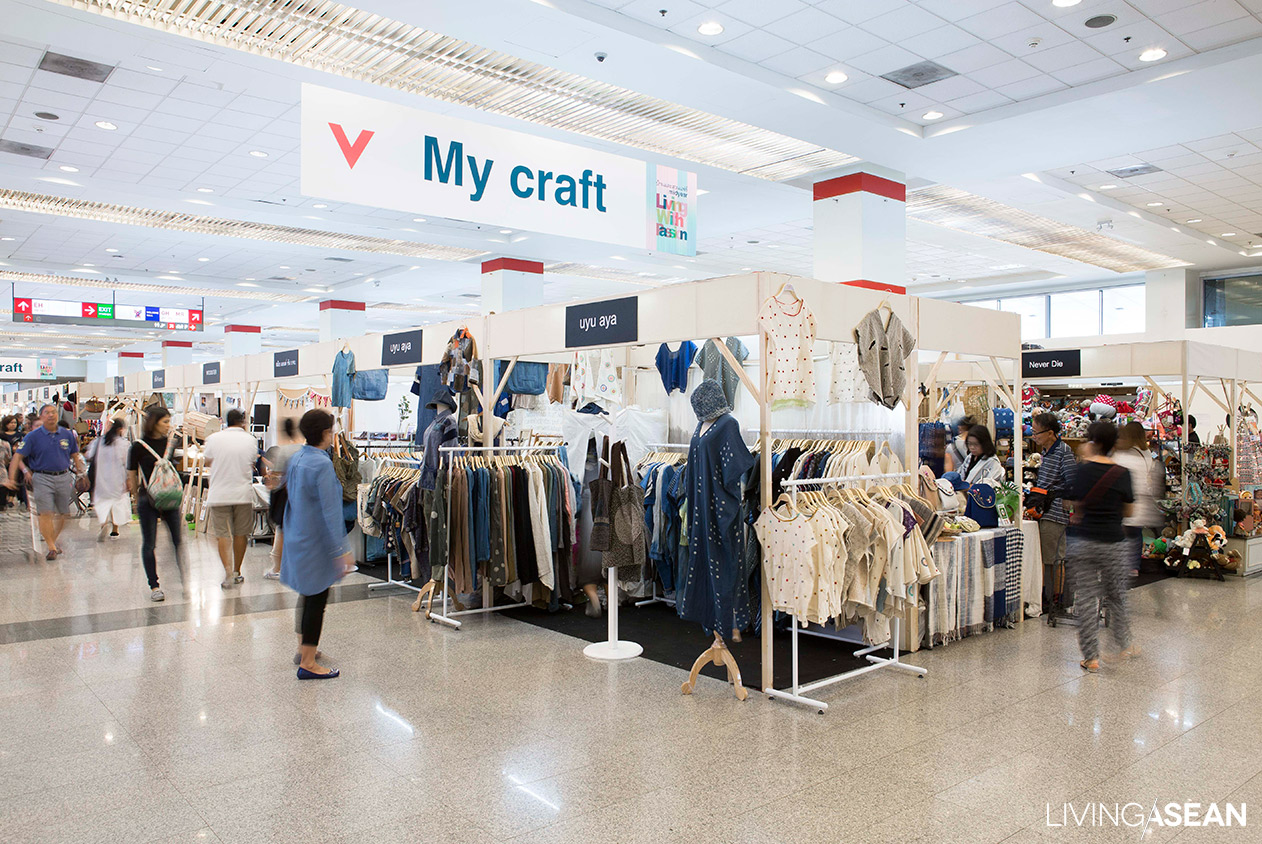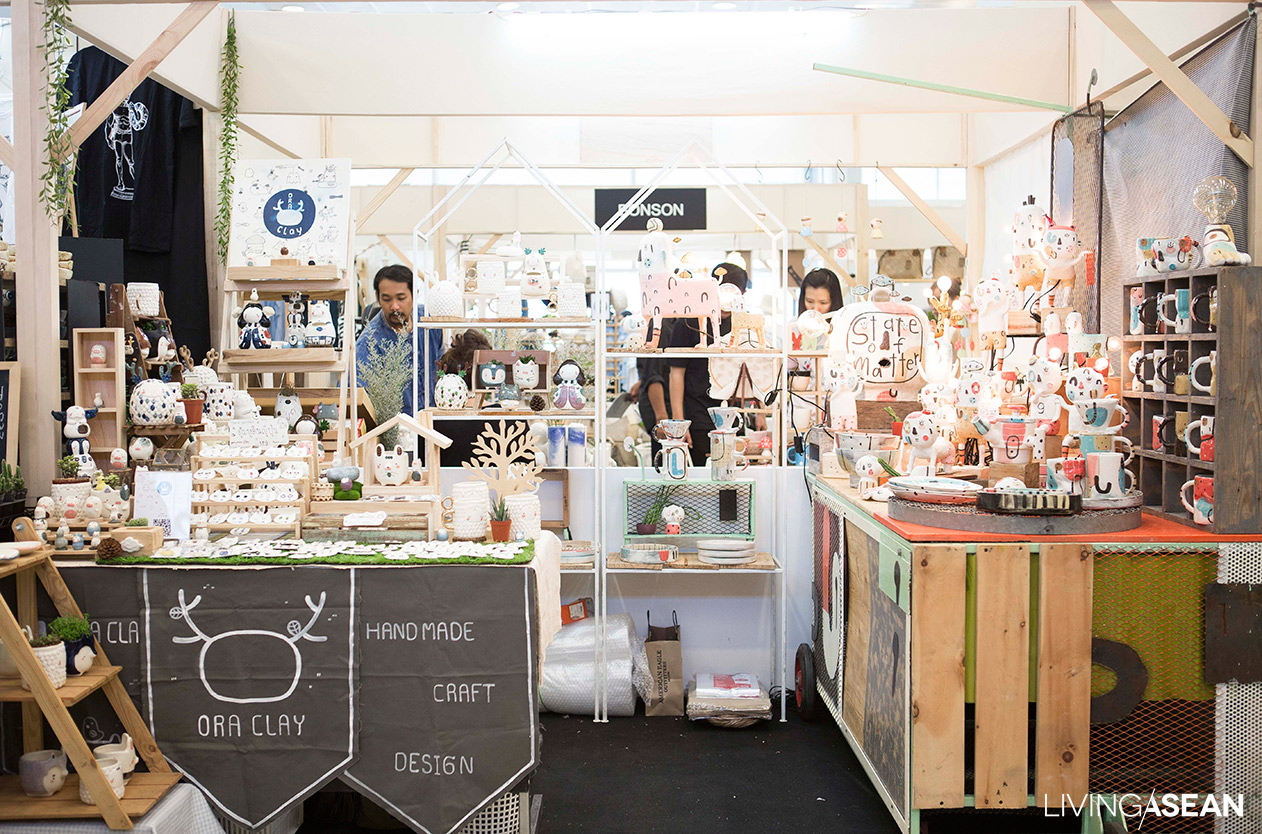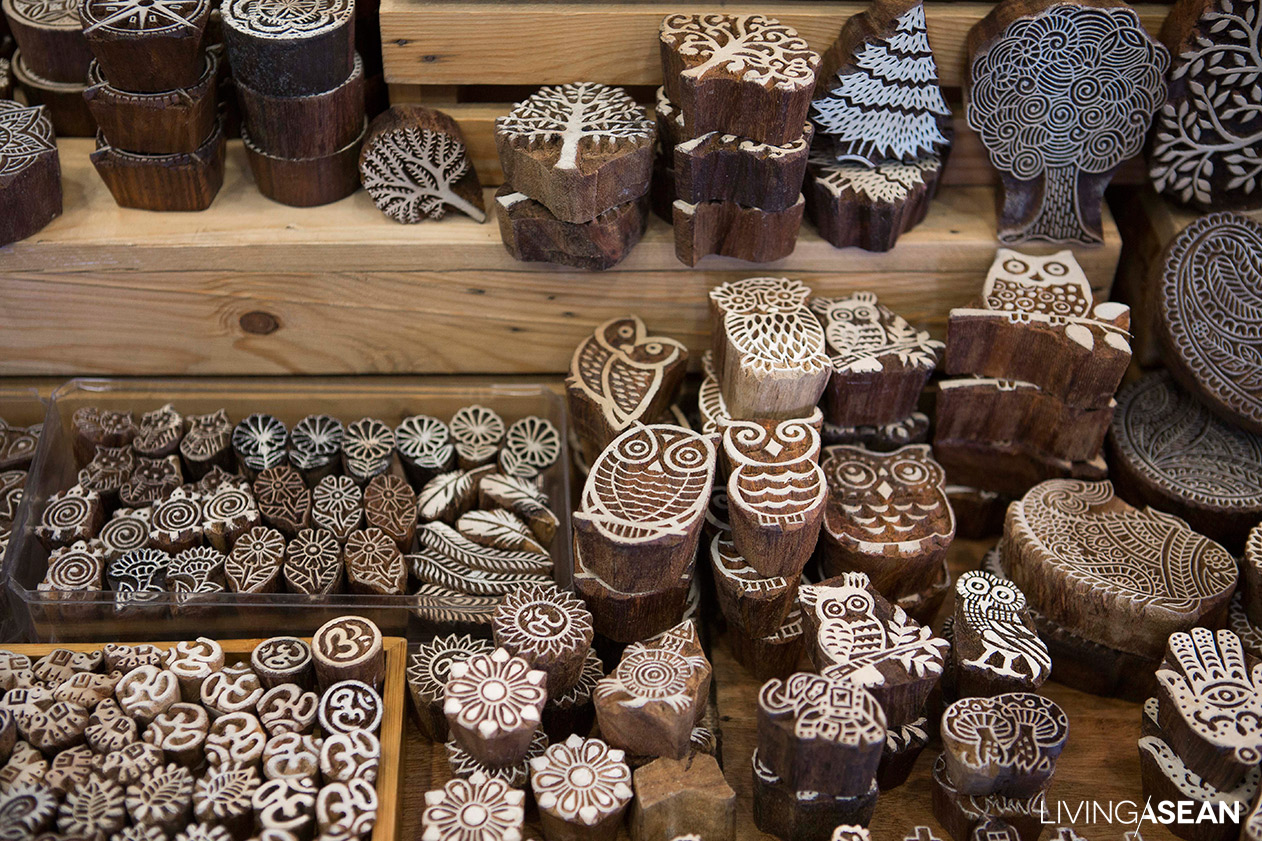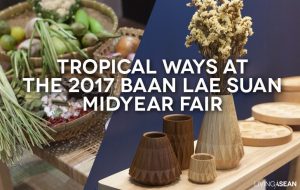OKMD knowledge forum 2017 :
How do we build smart cities that respond to human-centric needs in Thailand 4.0 era?. As part of the OKMD knowledge forum under the theme “Knowledge Cities, New lives, New Opportunities” on 17 September 2017 in Bangkok, Dr. Jong Sung Hwang was invited to share his views on the topic.
/// Thailand ///

Dr. Jong Sung Hwang acts as ICT (Information and Communications Technology) strategy expert who served in various key positions in the IT policy planning in renowned associations. Holding a Master’s degree and a Doctoral degree in Political Science from Yonsei University in Korea, he is a former Chief Information Officer of Seoul Metropolitan Government as well as former Secretary General of the World e-Governments Organization of Cities and Local Governments (WeGO).
Currently, Dr. Hwang is an appointed member of the Gov3.0 Committee of the Korean government, which designs and arranges government and public sector innovation programs at a vice-ministerial level.
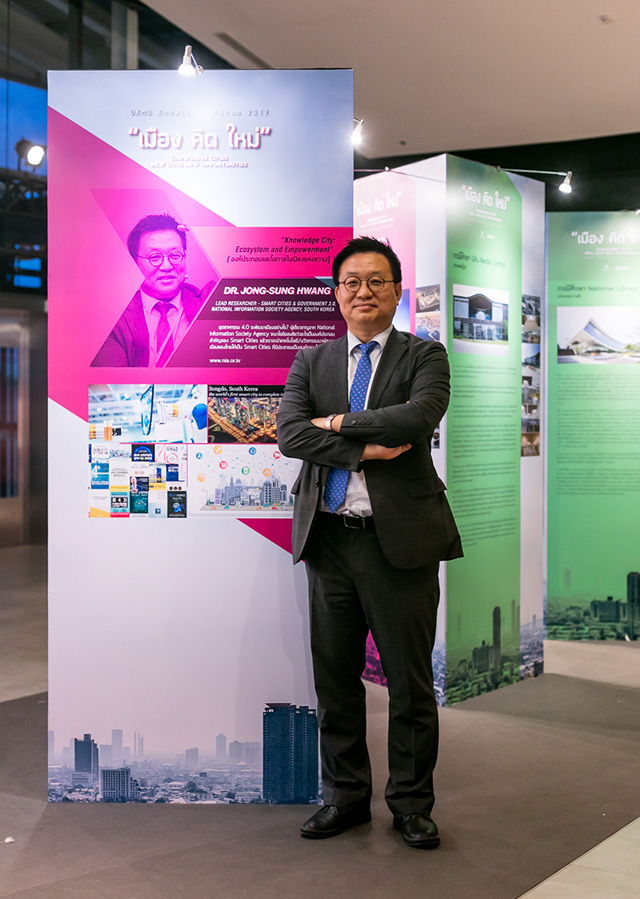
In his position as a senior analyst at the so-called National Information Society Agency (NIA), he dedicates his work to South Korea’s platform for developing Smart Cities with a people-centric approach where information systems are shared and accessible to all citizen. The NIA continuously strives to maintain the “definitive expert agency charged with a central role in the information of the nation’s society”.
Hereby, the main goal is to deliver new opportunities offered by information technology to the nation and its citizen by equipping national agencies, local autonomies and public enterprises with prime methodologies and solutions.

Q :You talked about elements of the “fourth industrial revolution” which include “social revolution” and “new labour”. Can you elaborate a bit more about these terms?
Dr. Jong-Sung Hwang: “In the 1st industrial revolution one of the key driving forces are platforms, in particular a platform economy. This means to eliminate the ‘Silo Mentality’
(a mindset present when certain departments or sectors do not wish to share information with others in the same company) between industry, company and factory. Inevitably, it leads to a new kind of labour structure.
Older generations used to have just one occupation or at least follow only a single career path. After the fourth industrial revolution has eliminated boundaries or silos between industries, it became impossible to insist on just one job or a single profession for your whole life. So, people have to move between several different industries or services and often need to switch jobs more frequently.
Furthermore, we don’t work for a companies anymore as these often have automated certain work processes. So, they do not require as many full-time workers anymore. So, we have more and more freelancers and part-timers. As a result, this social revolution triggers two big changes. People open their own businesses and they more freely between different industry sectors or different kind of jobs.”
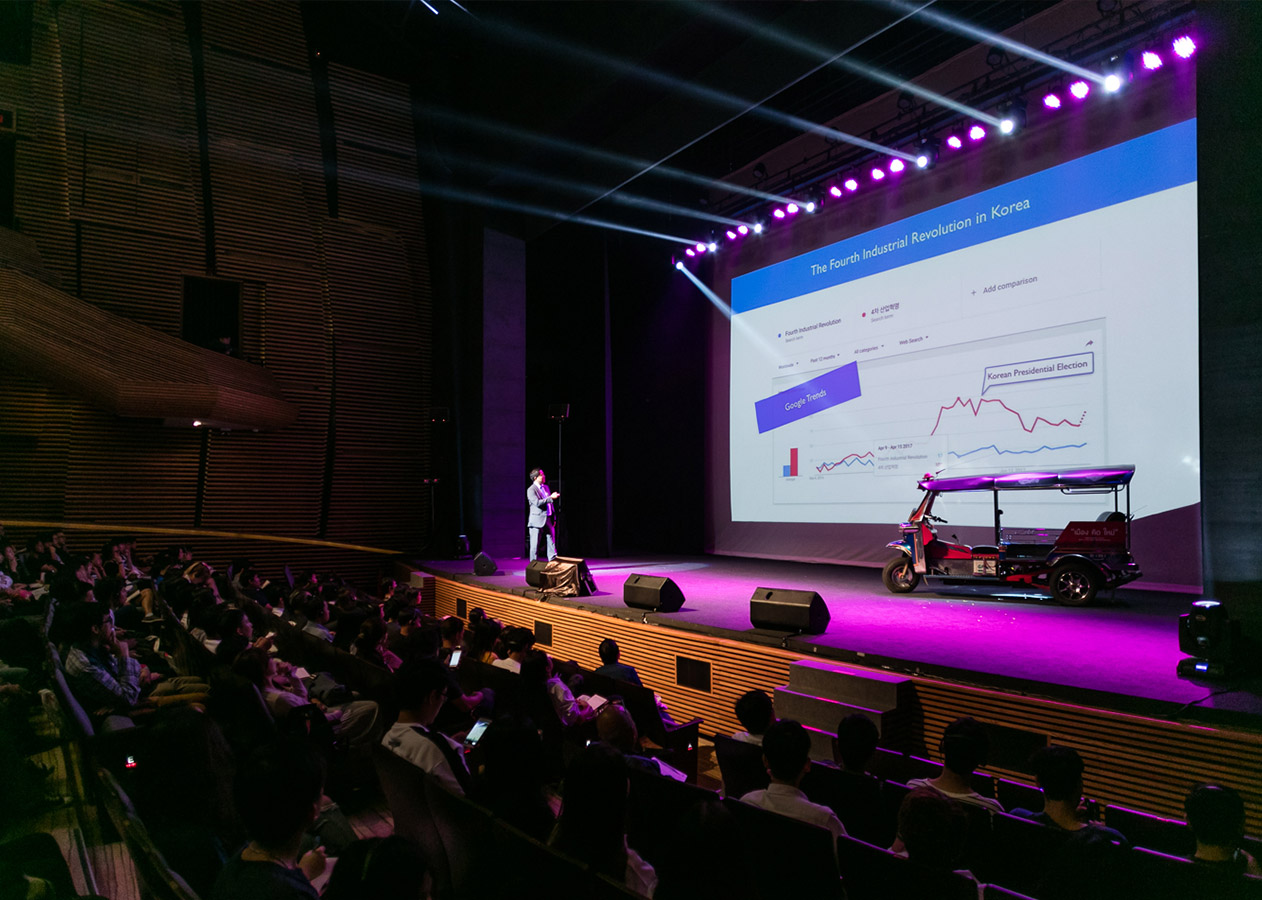
Q: What is the function and meaning does a smart city have to its citizen?
Dr. Jong-Sung Hwang : “ If we understand the smart city as a kind of platform, then we can focus on the functions of platform. Platforms enable people to use technology cheaply and easily.
Google develops driverless cars but at the same time invest a lot into further upgrading and expending their maps system. So with their maps Google has a sort of platform to help operate their prospective cars more easily.
The meaning of building smart cities, we create common platforms that every citizen has access to and is able to use. In other words, these individual citizen can use technologies for a more affordable price than it would be ever available in areas of non-smart cities.”

Q: Are there any potential limits or dangers in creating such smart cities?For example: Could AI (Artificial Intelligence) lead to situations where we can loose control over it?
Dr. Jong-Sung Hwang : “ Out-of-control situations should be definitely considered as serious issues here. But there exists a general misunderstanding when people believe that machines are able to become independently thinking and acting.
Realistically speaking, in our country, AI has not achieved such a high advanced status. Therefore, there has been found no evidence that such cases can possibly occur in the nearer future here.
In smart cities, AI will be introduced and deployed very limited and carefully especially for routine processes and rather used in non-critical operations to ensure safety. Human control will be strongly applied to autonomous activities where AI is involved to guarantee a good amount of command over such situations.”
Q: Your affiliated agency, the National Information Agency Society, has partnered with several countries ranging from Myanmar and Mongolia to Mexico and Mozambique. But Thailand isn’t yet on the agenda. Since you are here in Bangkok, are you looking to expand networking and cooperation with Thai governmental entities? If so, in which areas both related and unrelated to knowledge cities?
Dr. Jong-Sung Hwang : “ The NIA absolutely wants to develop partnership with Thai government and industries. We have gained considerable experiences in e-government, big data, smart city and digital divide issues in Korea. Recently, we are working on policies for the fourth industrial revolution as explained above. We can work together with Thai government entities for wide range of policy areas including Thailand 4.0. There are many ways we can develop partnerships. I think, knowledge sharing like OKMD is a quite good way. I also hope, the NIA and Thai agencies could develop joint pilot projects in areas where both sides have high priorities.”
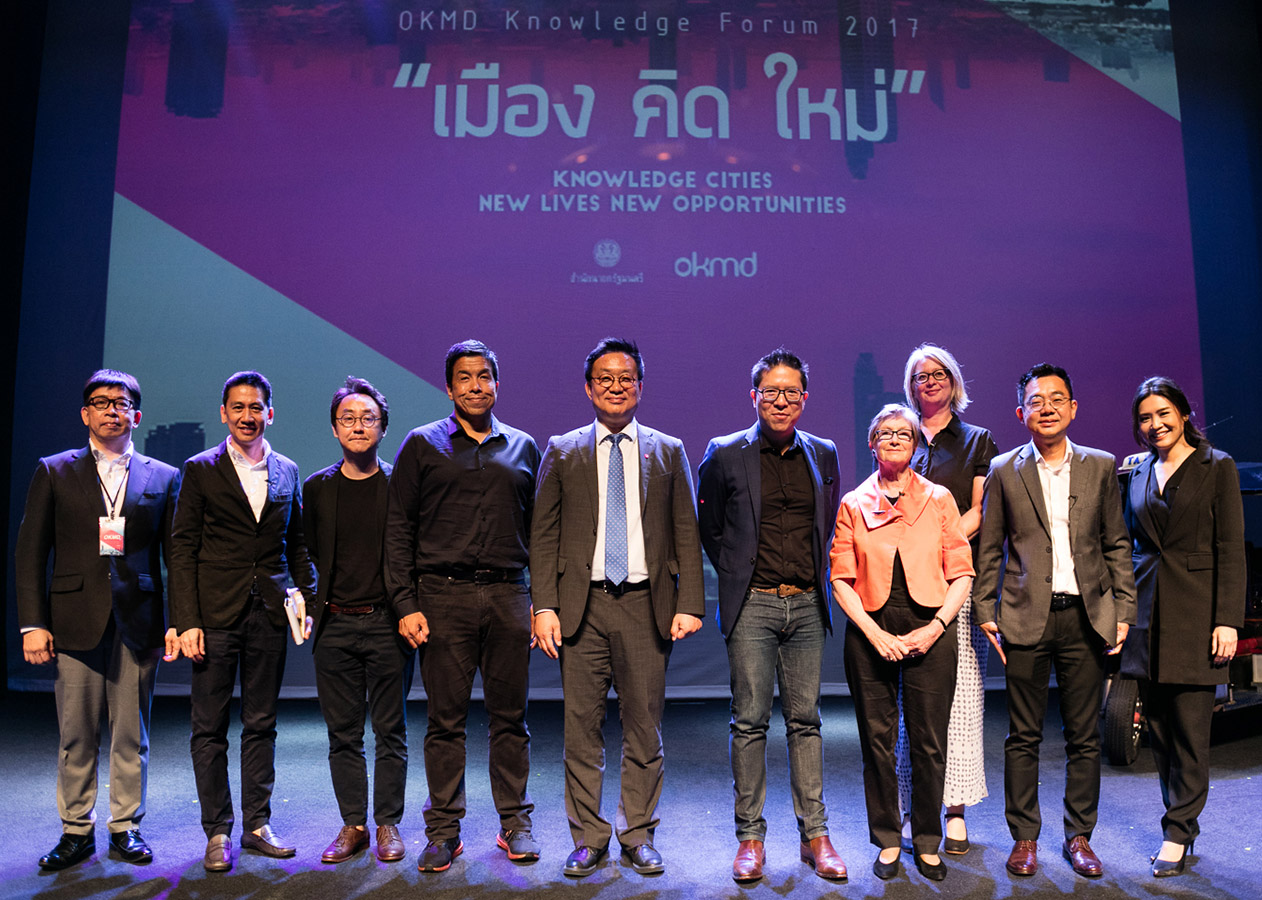
Link : http://www.okmd.or.th/

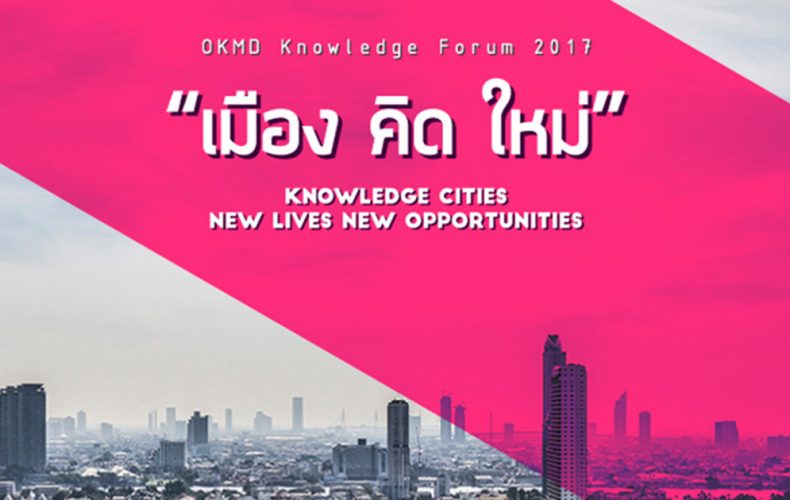
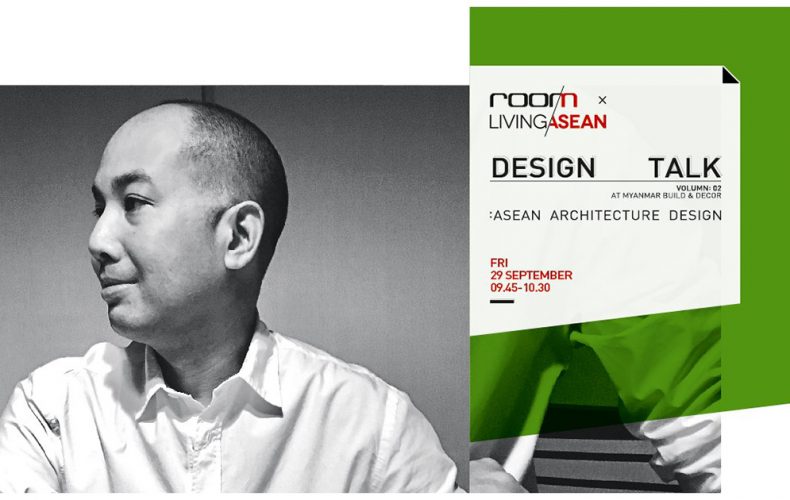
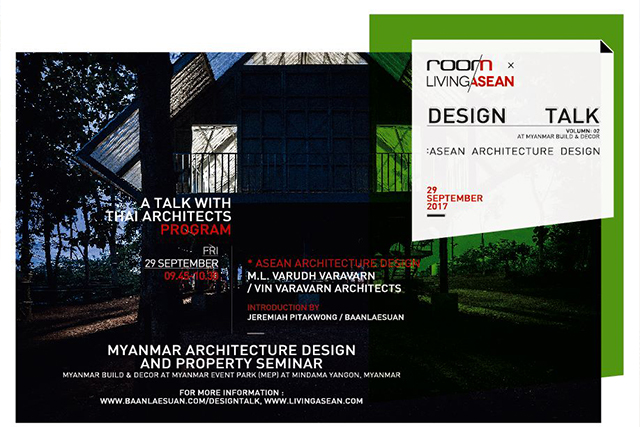
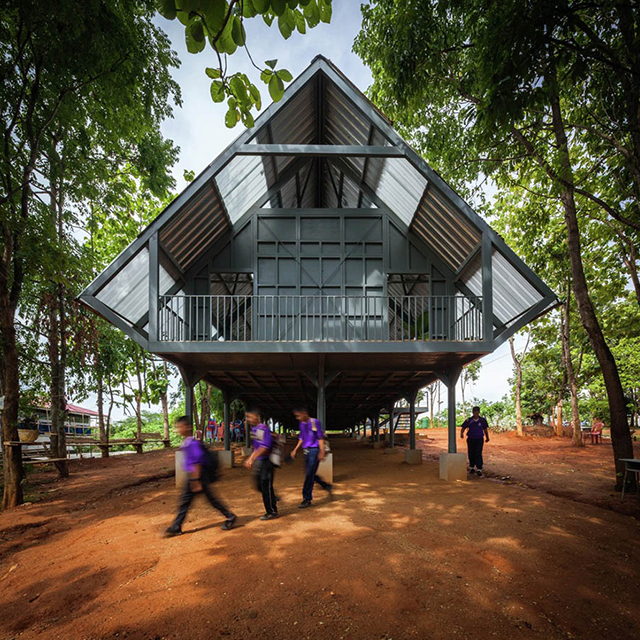
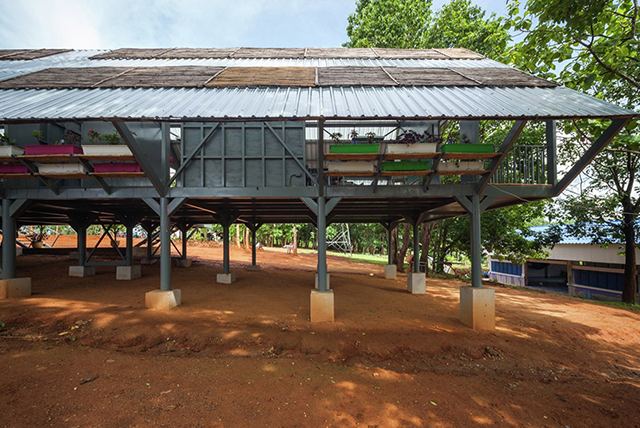
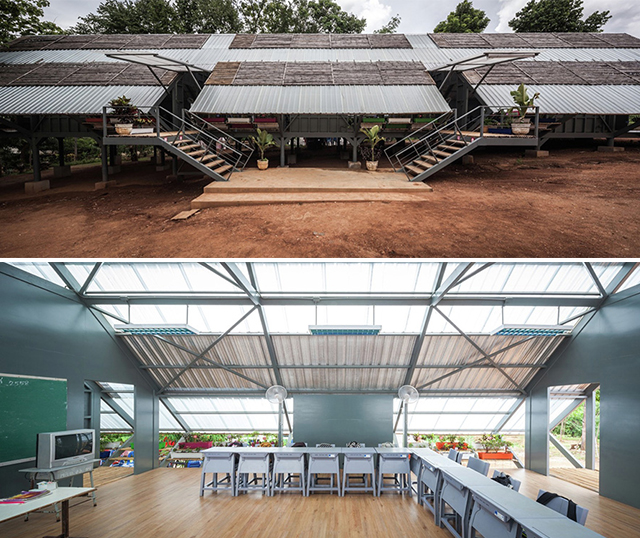
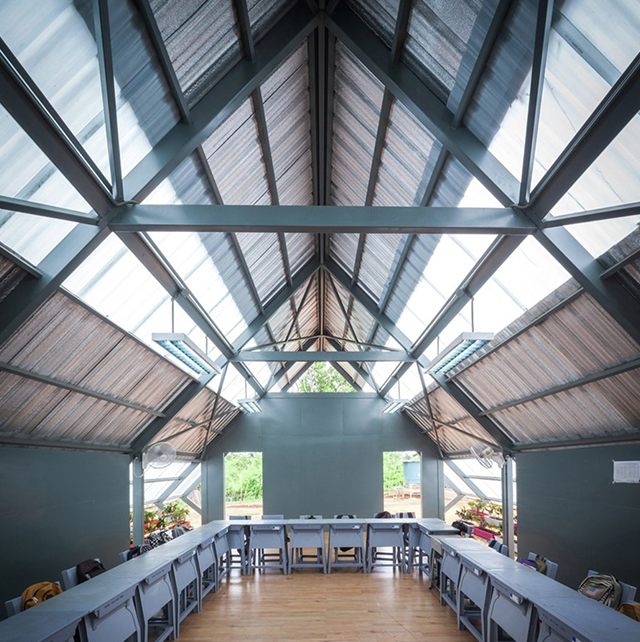

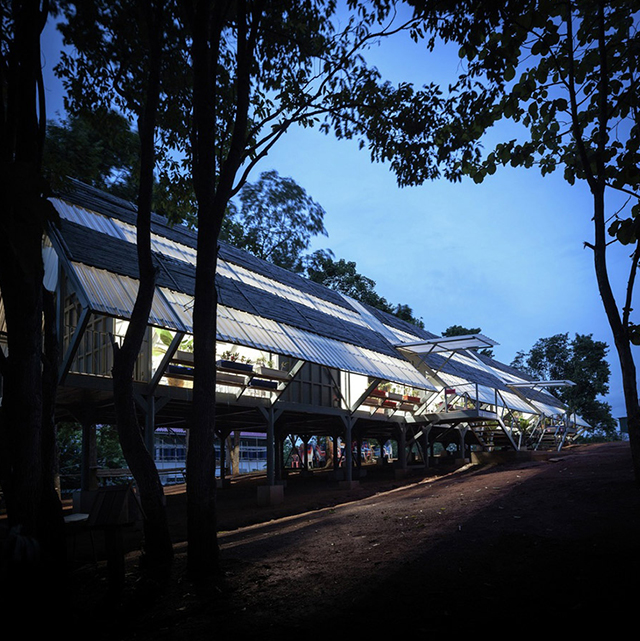

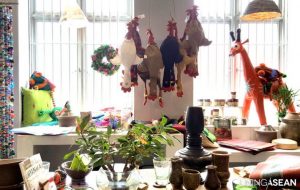
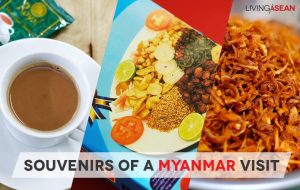

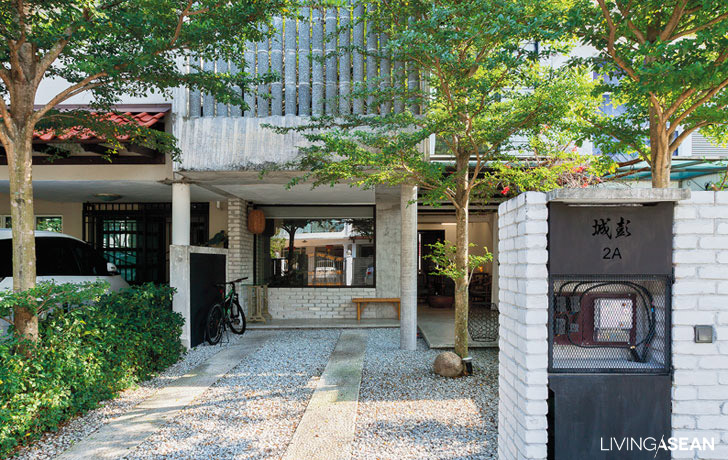
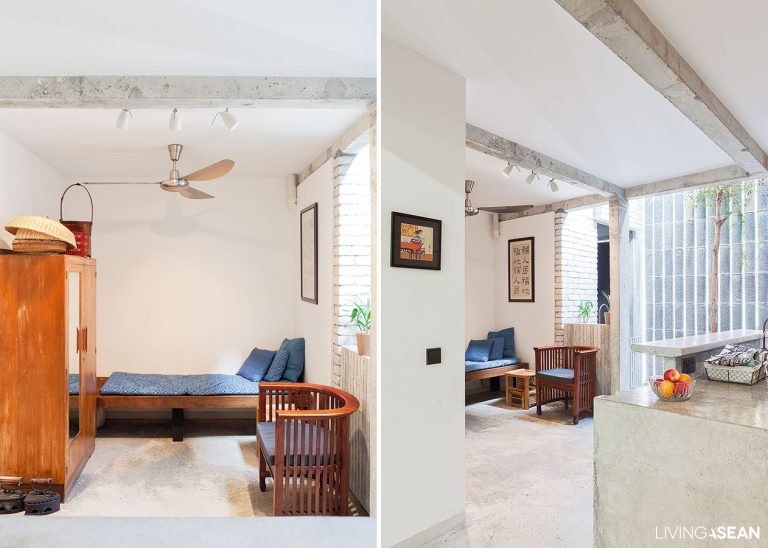
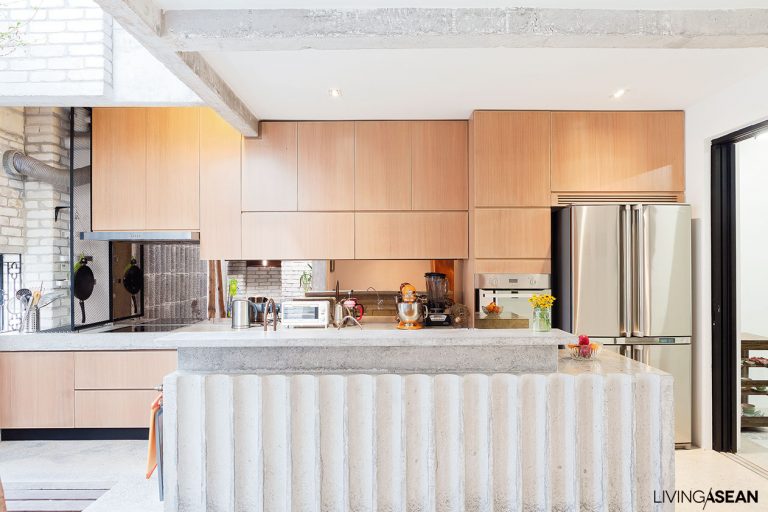
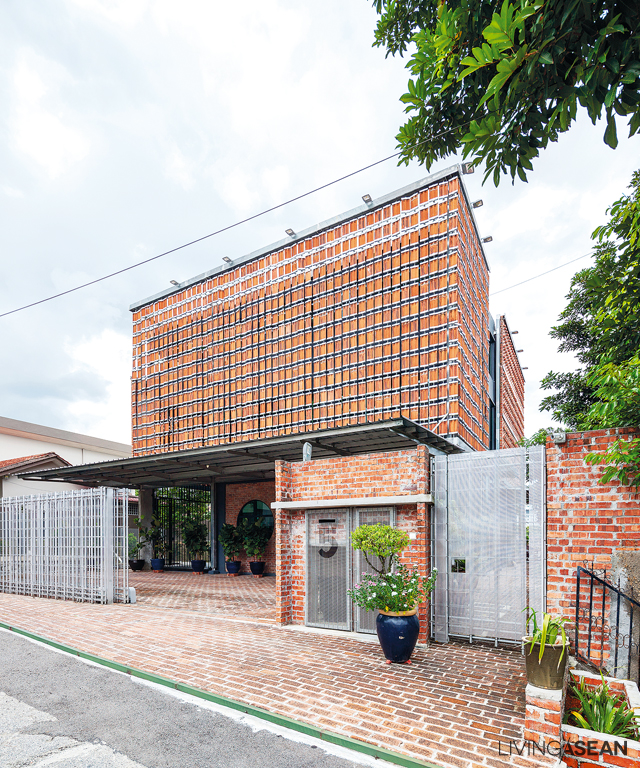
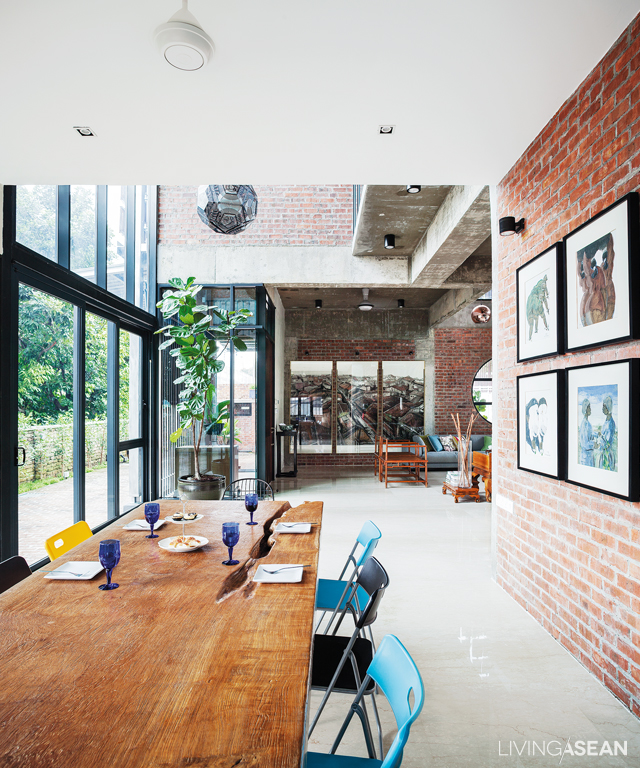

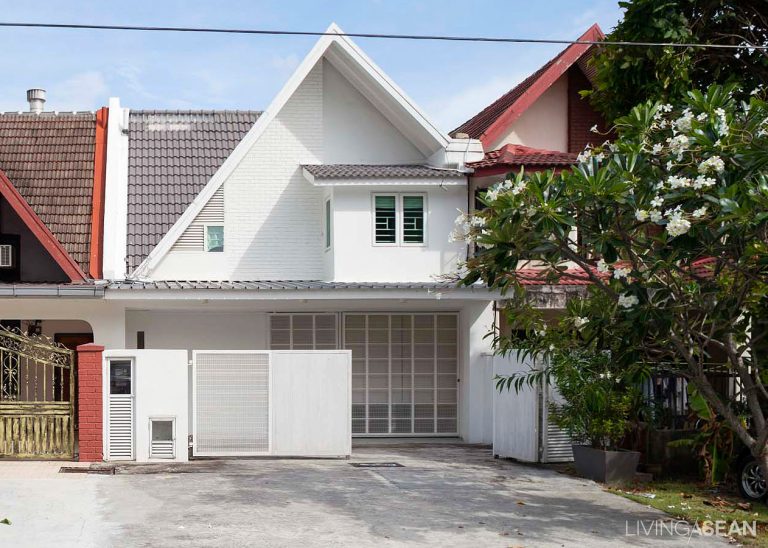
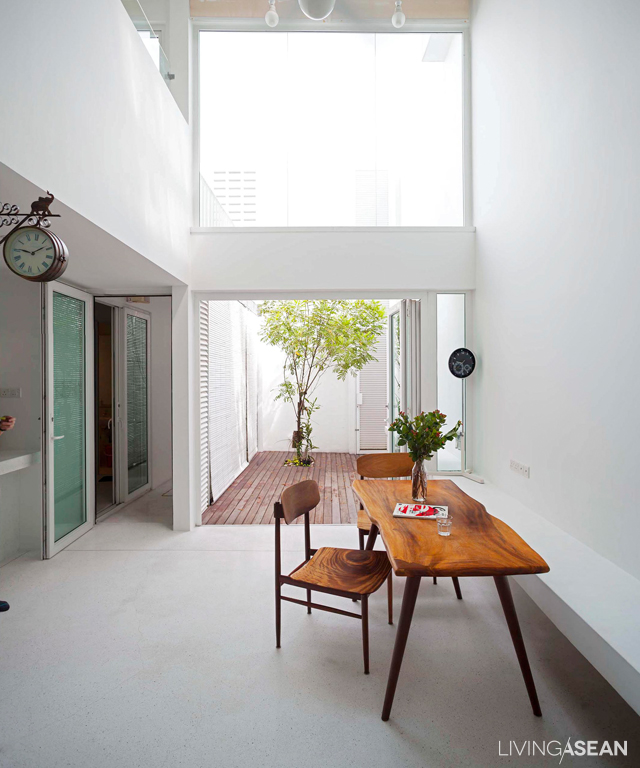

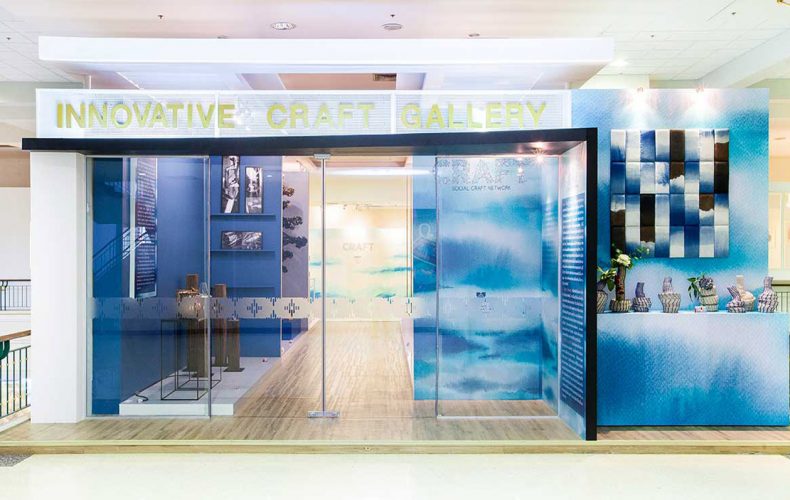
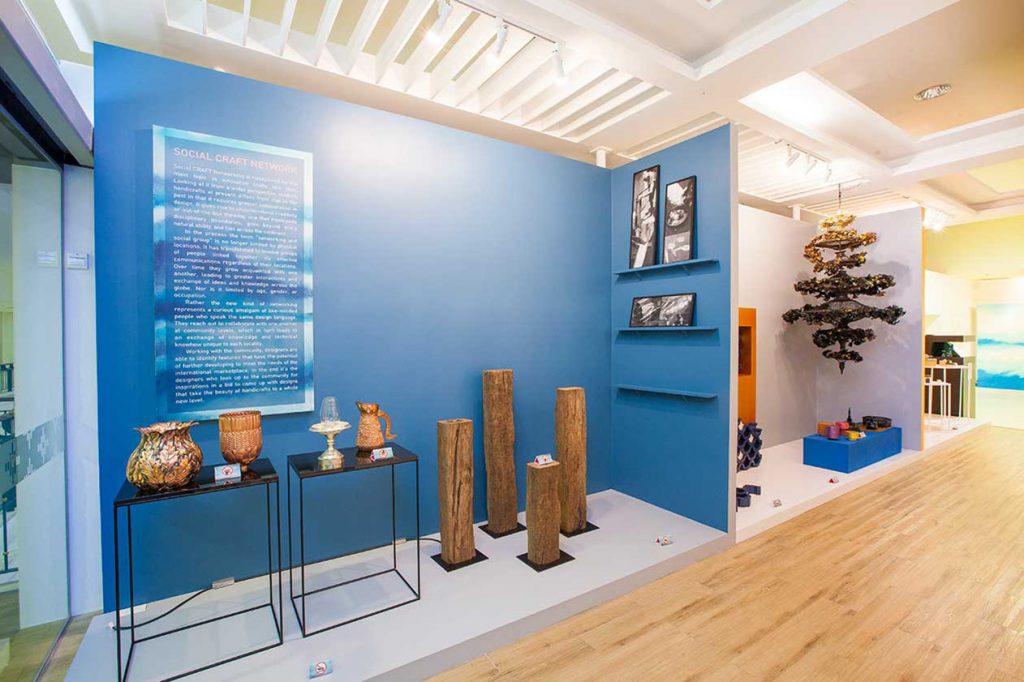
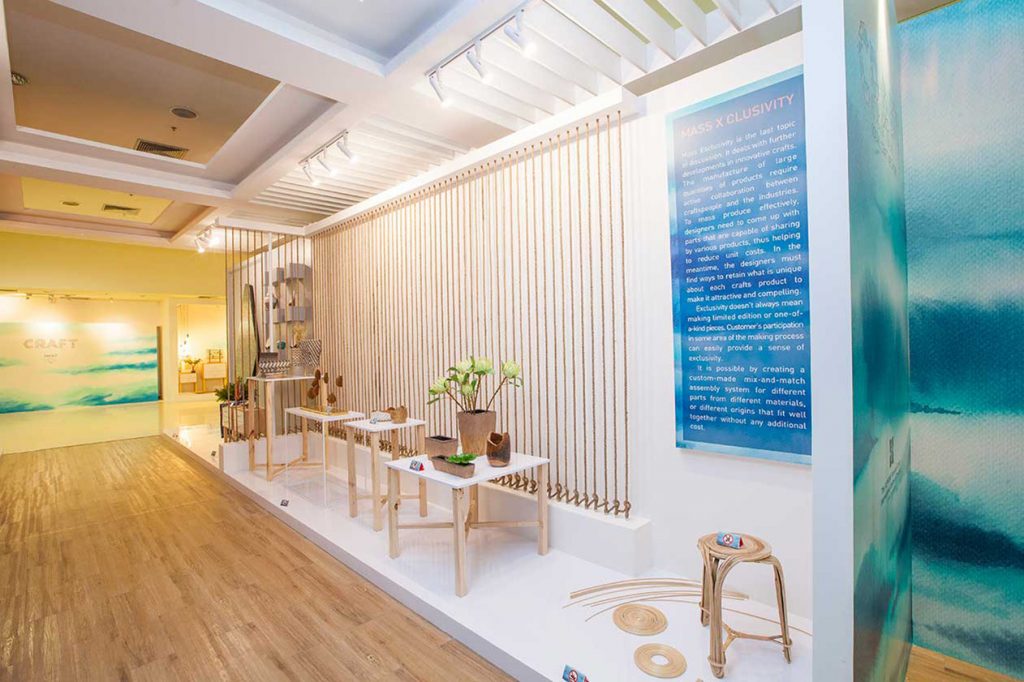
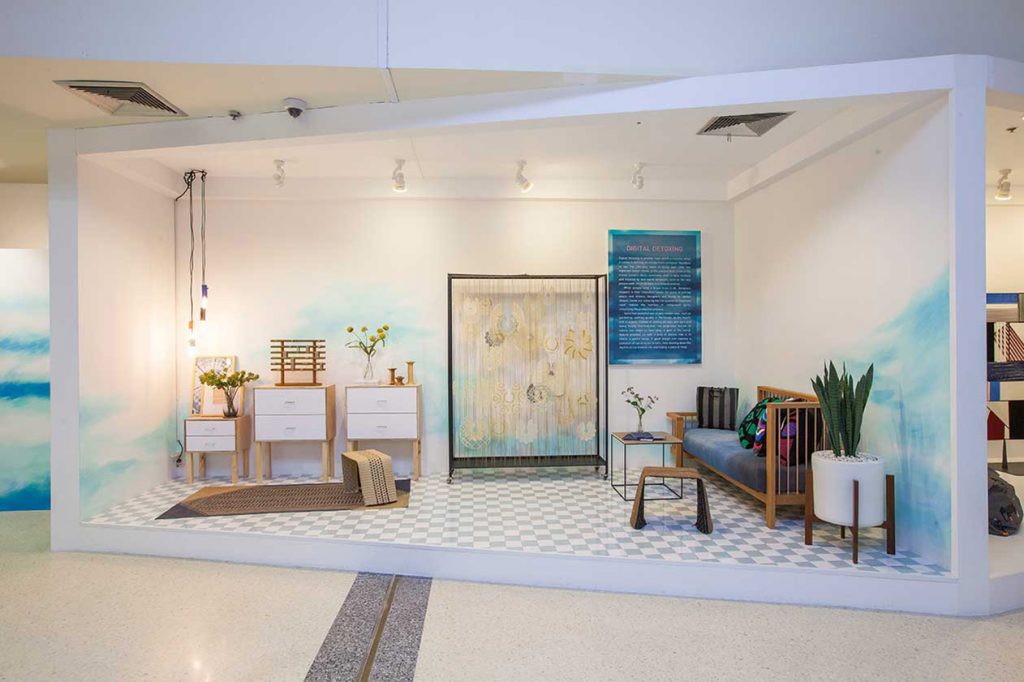
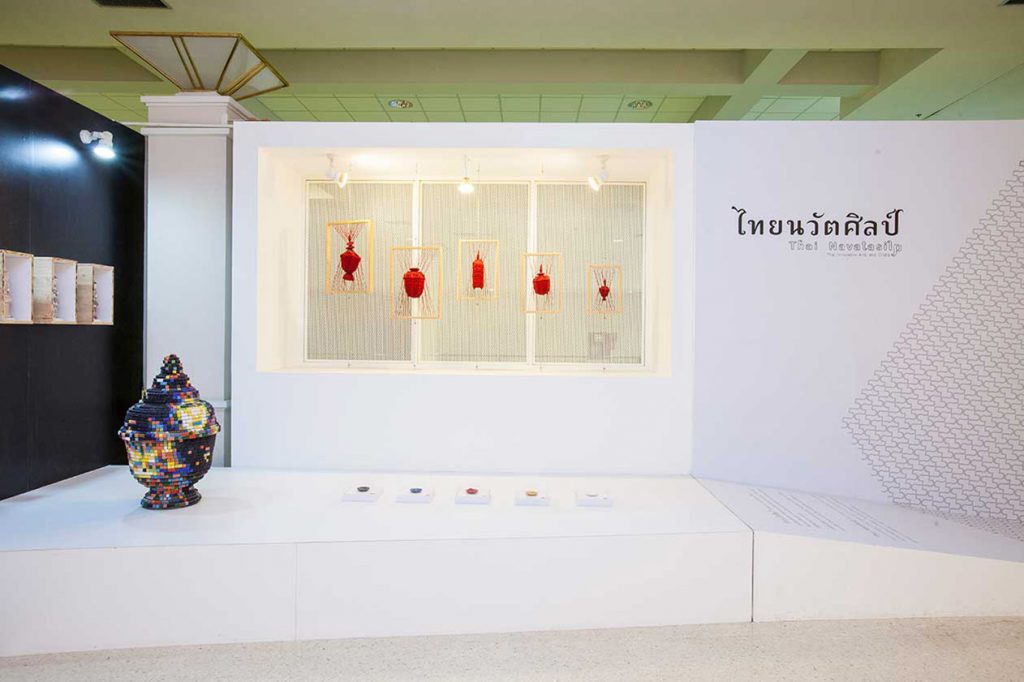
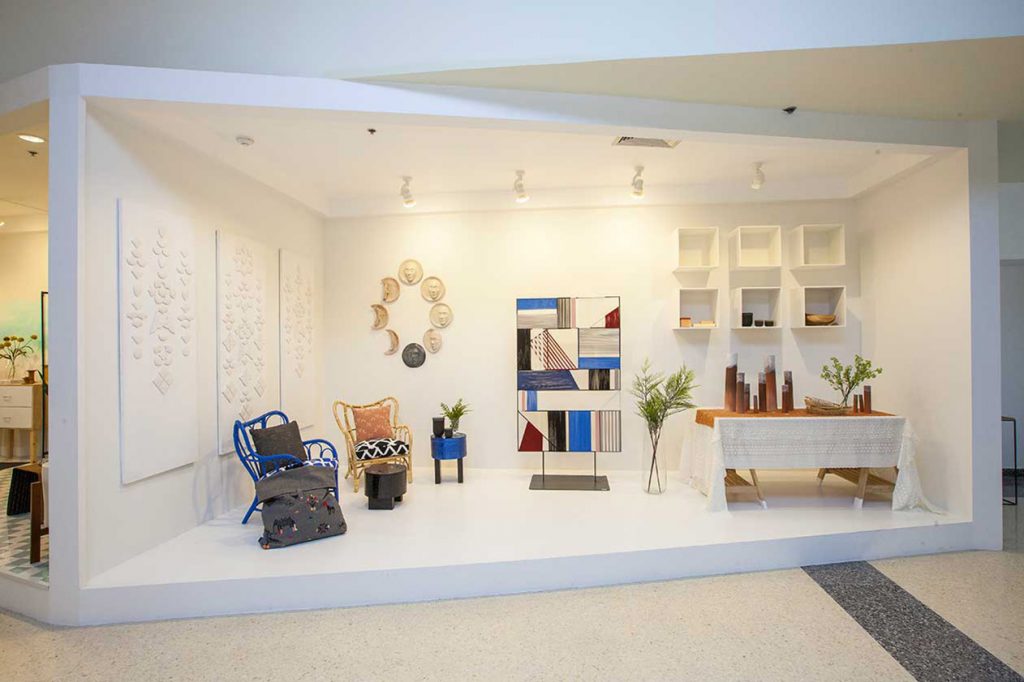

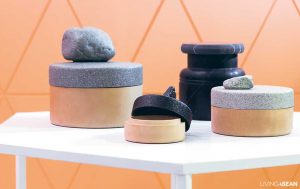
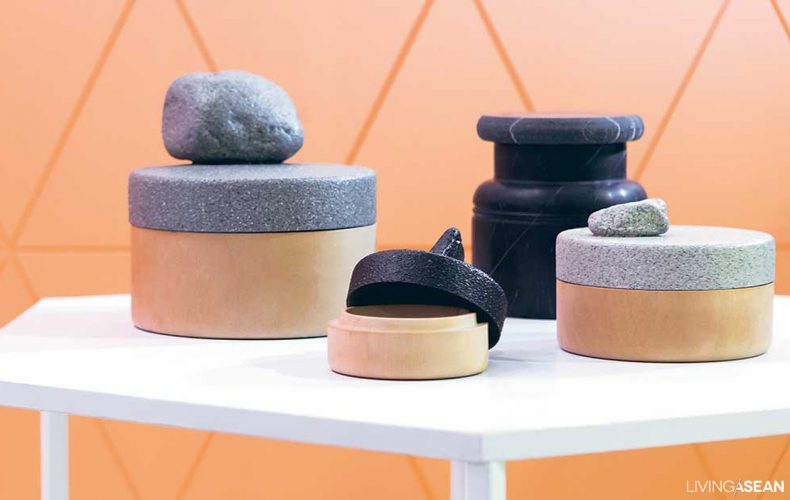
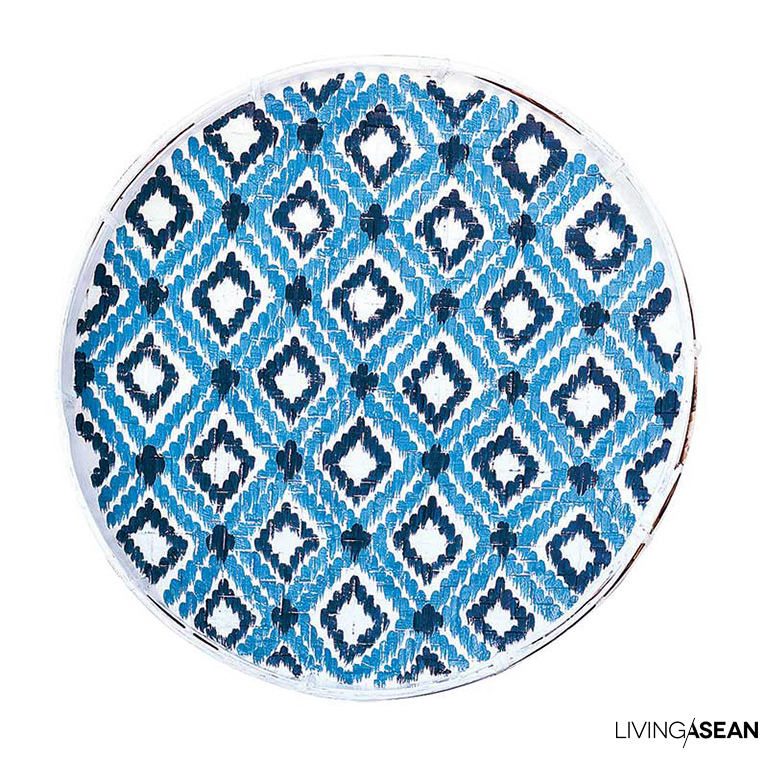 1. Ceramic plate inscribed with traditional local fabric patterns, by Wit’s Collection adapts the intricate details of a cloth-based pattern to create a chic ceramic work with an eclectic tribal style.
1. Ceramic plate inscribed with traditional local fabric patterns, by Wit’s Collection adapts the intricate details of a cloth-based pattern to create a chic ceramic work with an eclectic tribal style.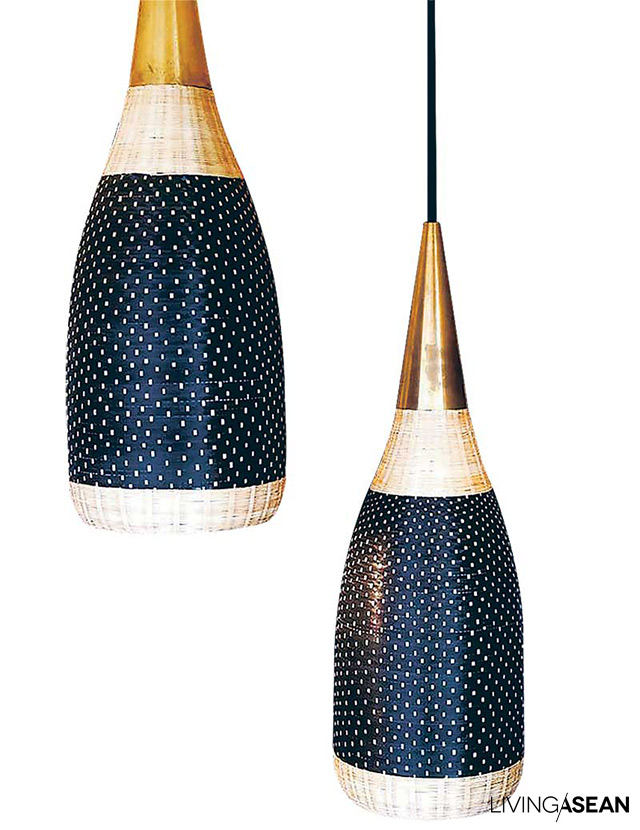 2. The “Raindrop Hanging Lamp” by PATAPiAN: an imaginative blend of old materials, traditionally woven bamboo and moulded brass, formed into raindrop shapes. Great to mix and match with any style.
2. The “Raindrop Hanging Lamp” by PATAPiAN: an imaginative blend of old materials, traditionally woven bamboo and moulded brass, formed into raindrop shapes. Great to mix and match with any style.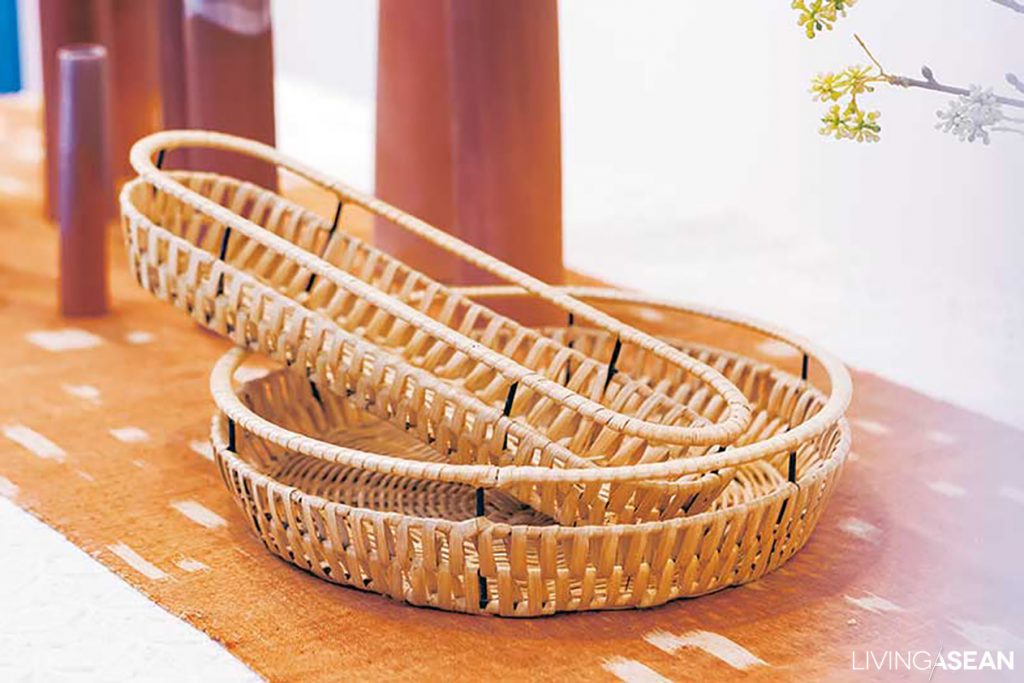 3. “Takra” multipurpose tray by Thinkk Studio and a wicker-weaving group at Baan Chang in Ang Thong Province: material is woven into small frames. This adds a new dimension to wicker work, since the technique was previously used only for large pieces of furniture. The innovation comes from a new generation of designers working with old-time artisans in SACICT’s Thai Navatasilp Project, which has received wide acclaim.
3. “Takra” multipurpose tray by Thinkk Studio and a wicker-weaving group at Baan Chang in Ang Thong Province: material is woven into small frames. This adds a new dimension to wicker work, since the technique was previously used only for large pieces of furniture. The innovation comes from a new generation of designers working with old-time artisans in SACICT’s Thai Navatasilp Project, which has received wide acclaim.
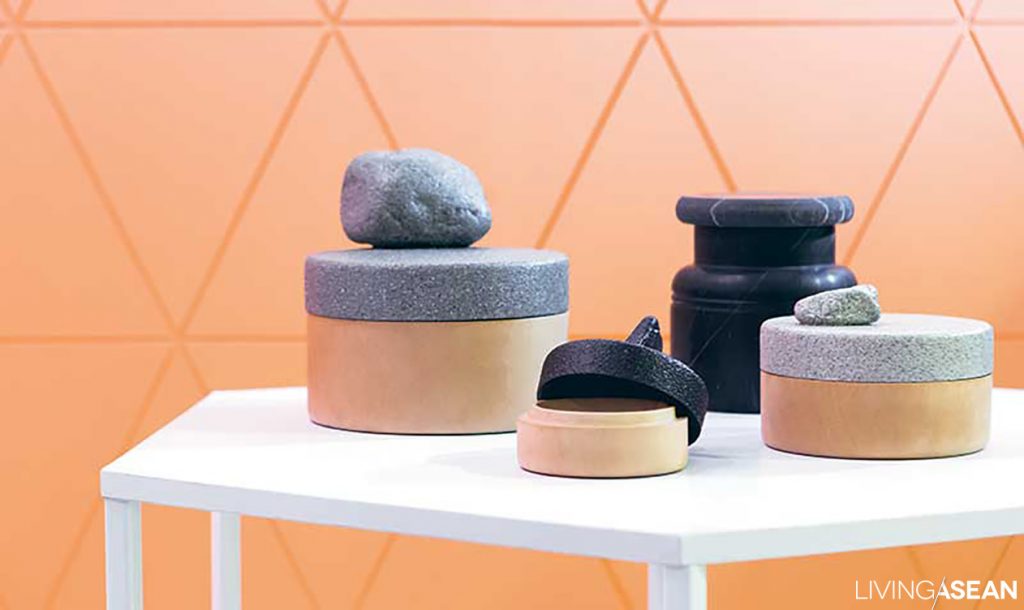
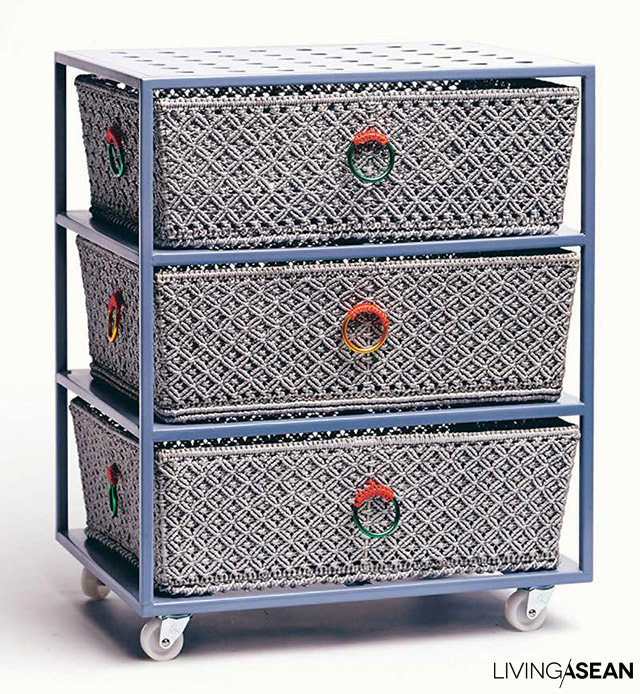
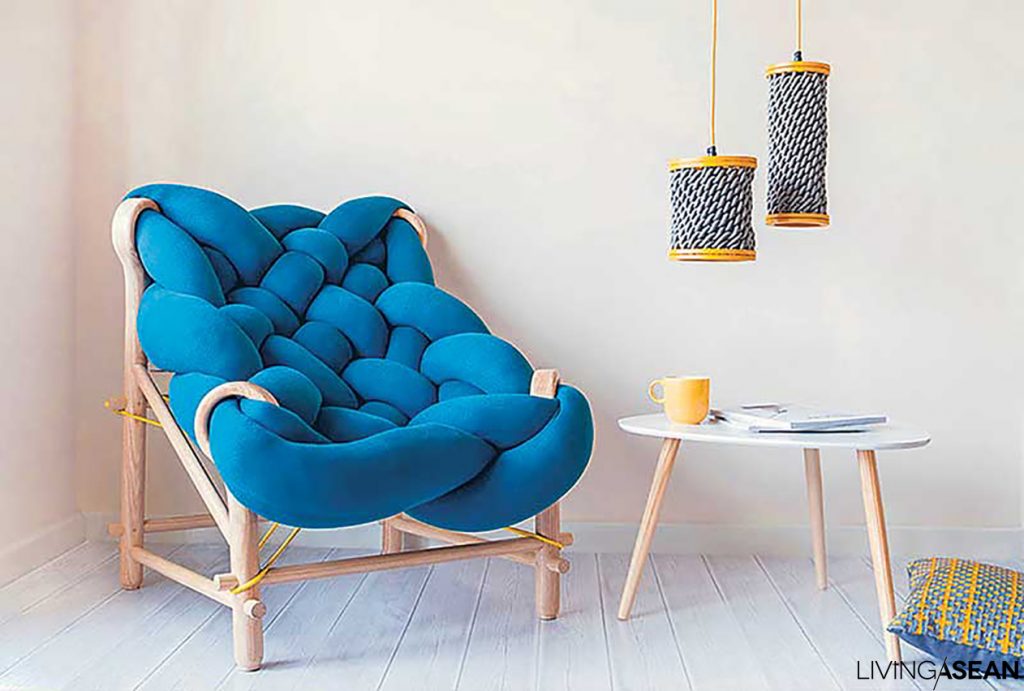
 8. “Khrae Tray,” by Thinkk Studio and a wicker-weaving group in Baan Chang, Ang Thong Province, is a multi-purpose tray that got its inspiration from dwarf bamboo, its small bamboo slats charmingly set in a black steel frame. It can be put to all sorts of uses, including as a support for food dishes, or as a tea set tray.
8. “Khrae Tray,” by Thinkk Studio and a wicker-weaving group in Baan Chang, Ang Thong Province, is a multi-purpose tray that got its inspiration from dwarf bamboo, its small bamboo slats charmingly set in a black steel frame. It can be put to all sorts of uses, including as a support for food dishes, or as a tea set tray.
